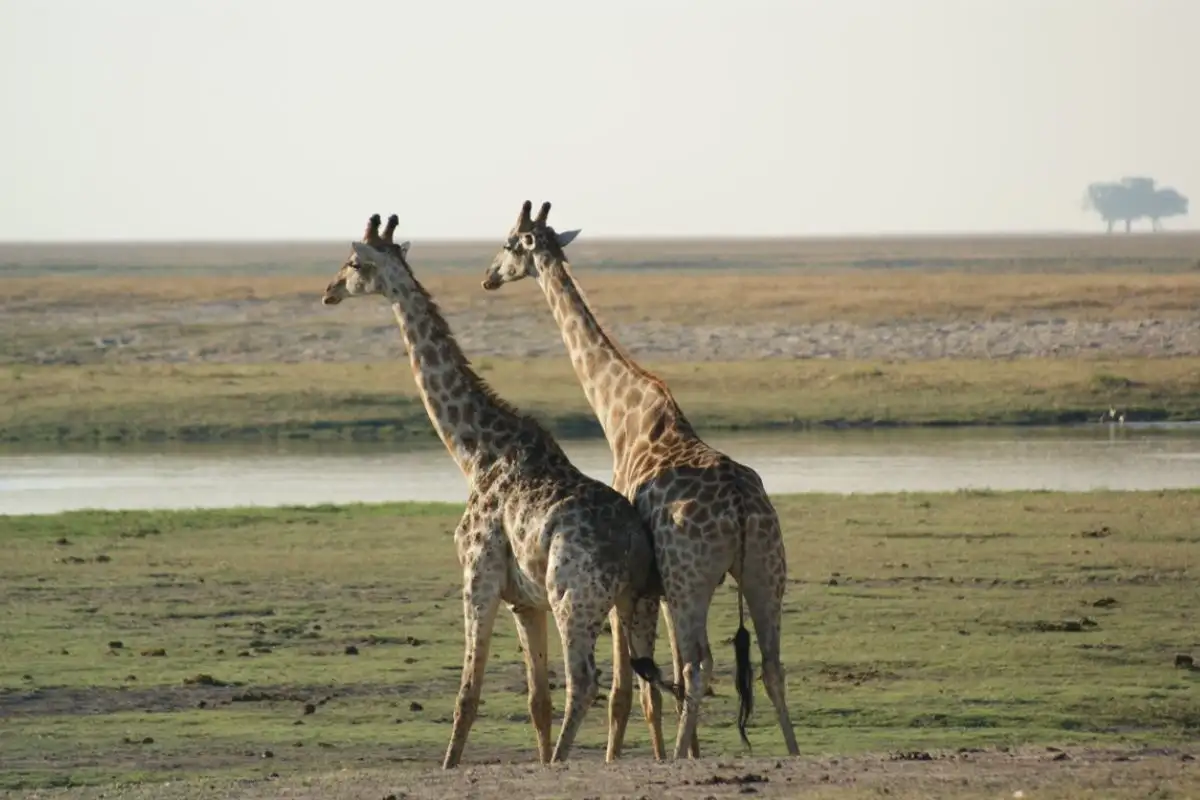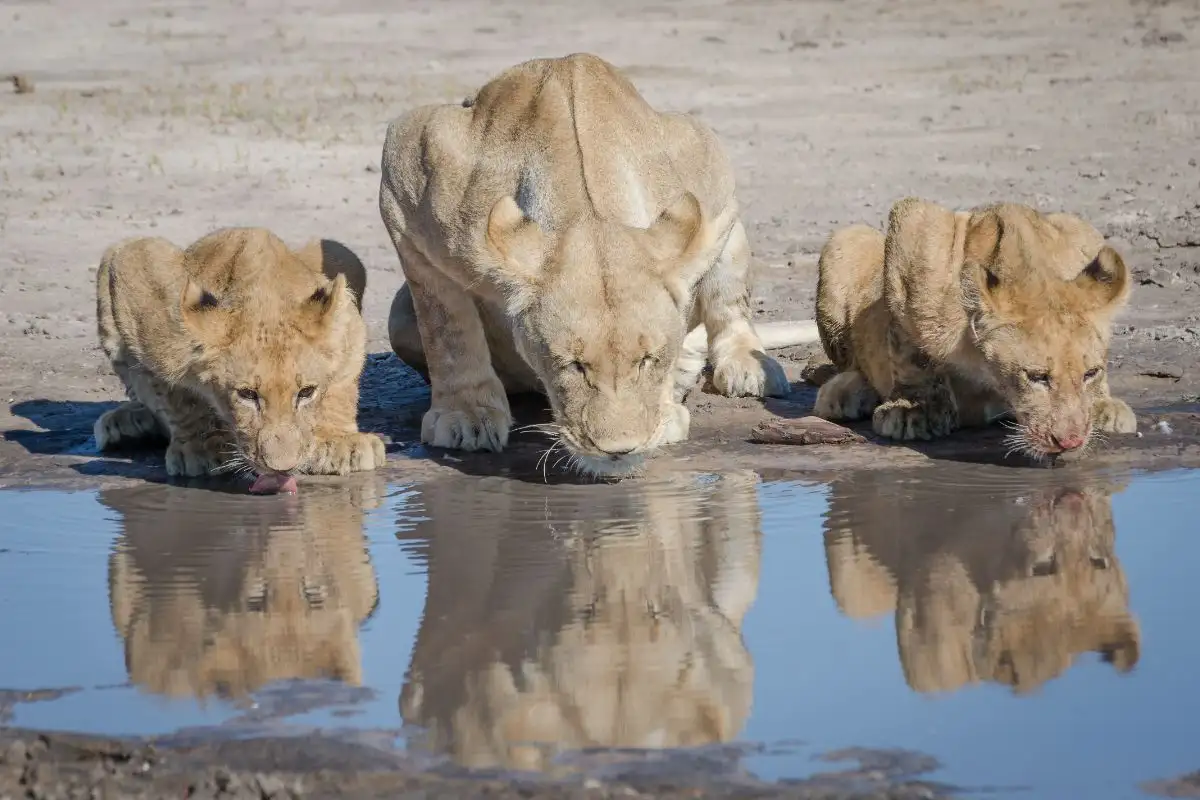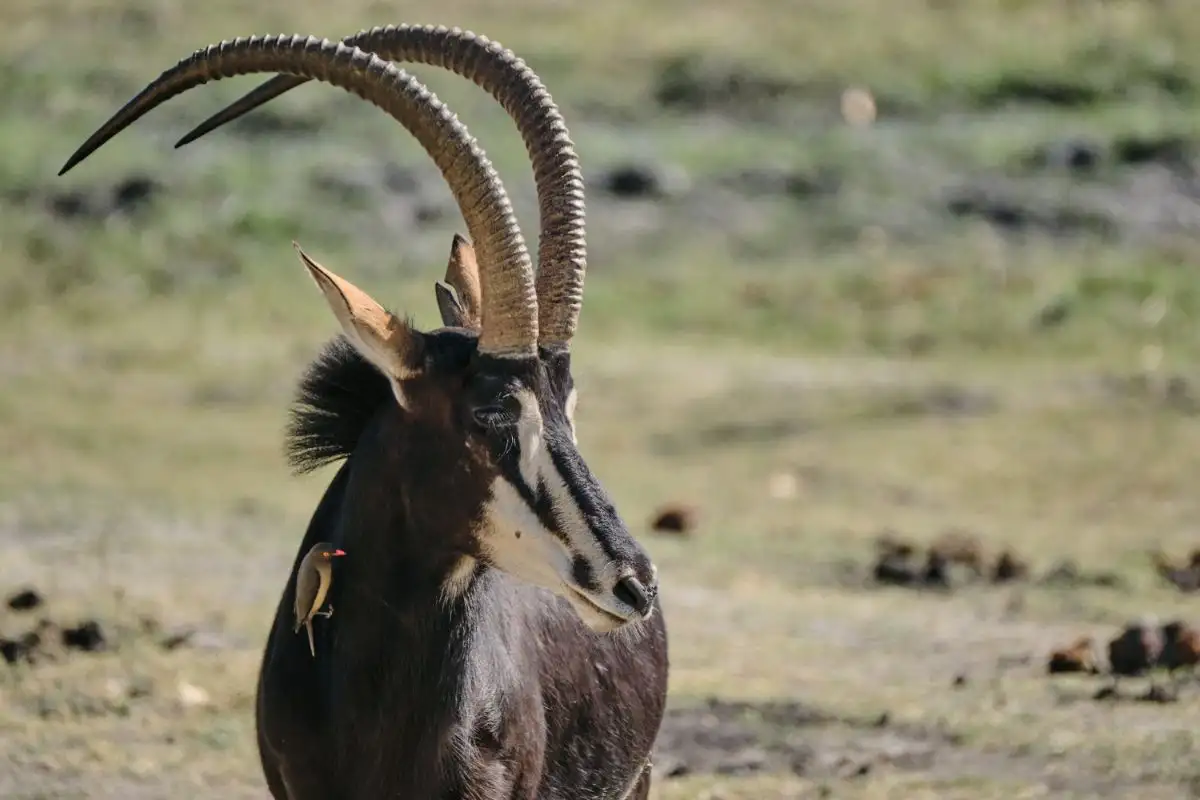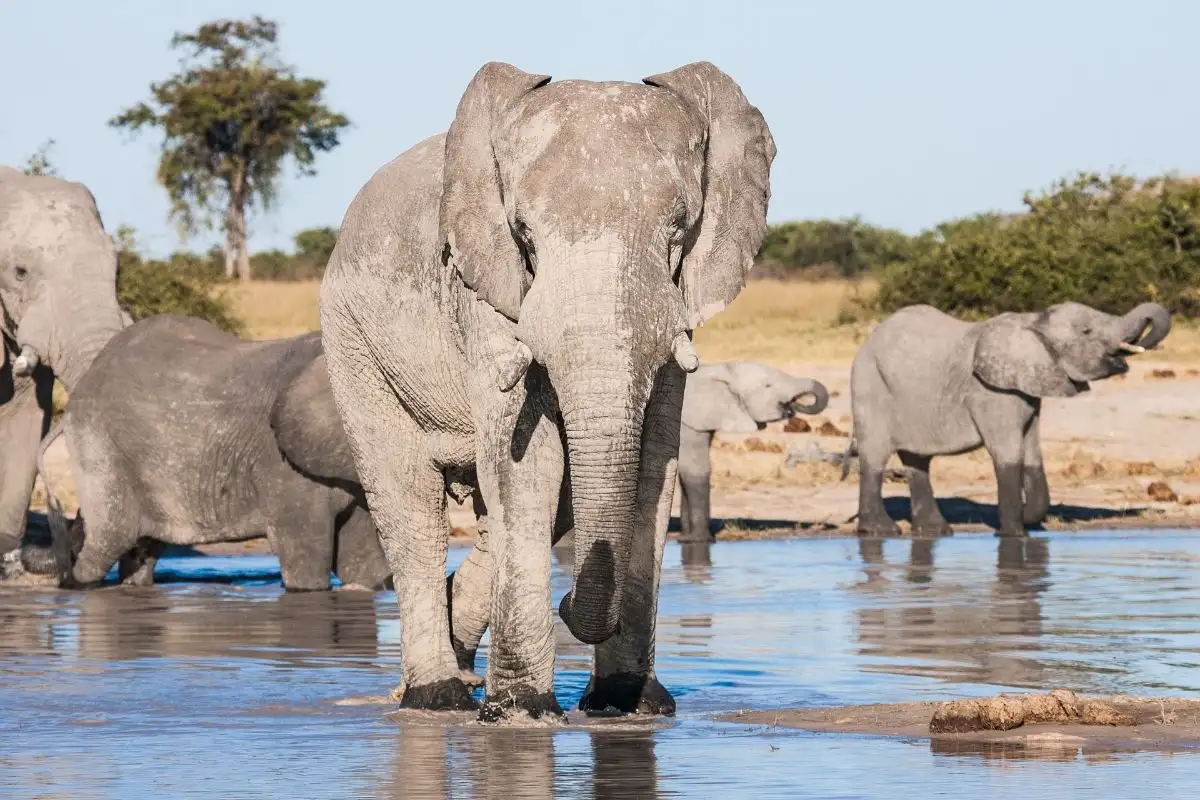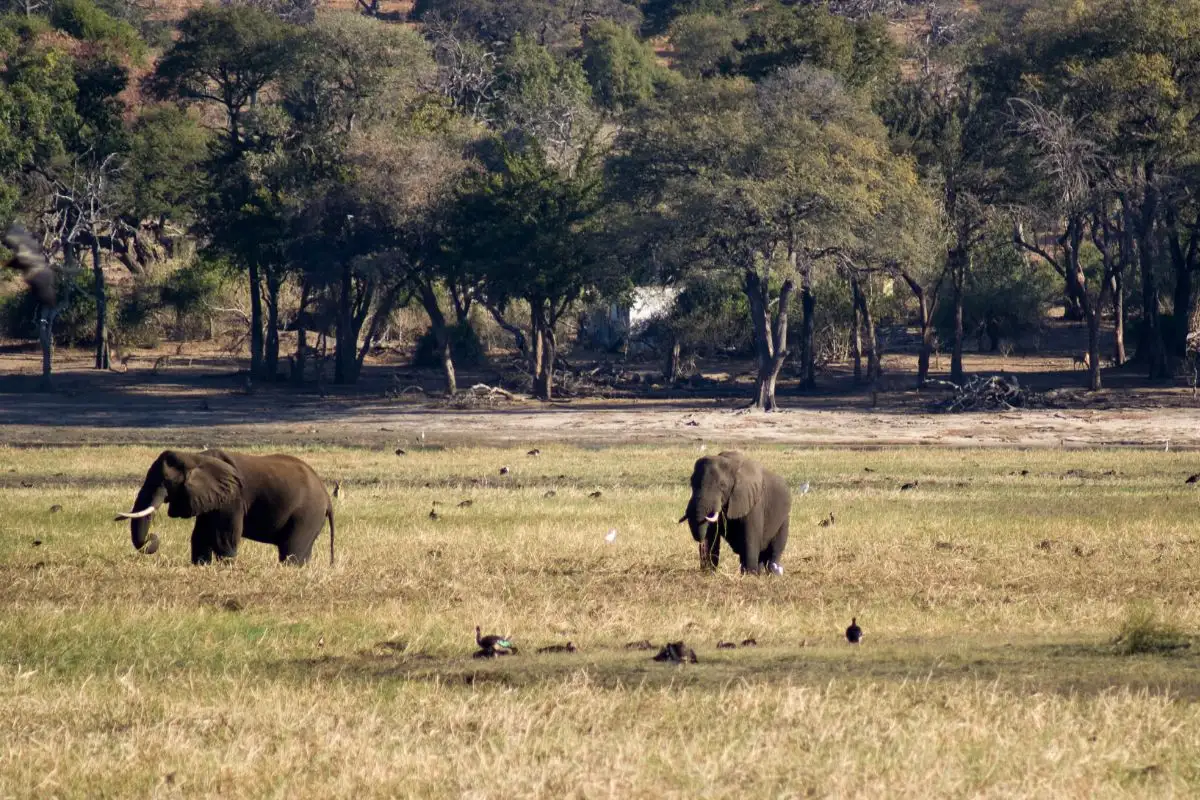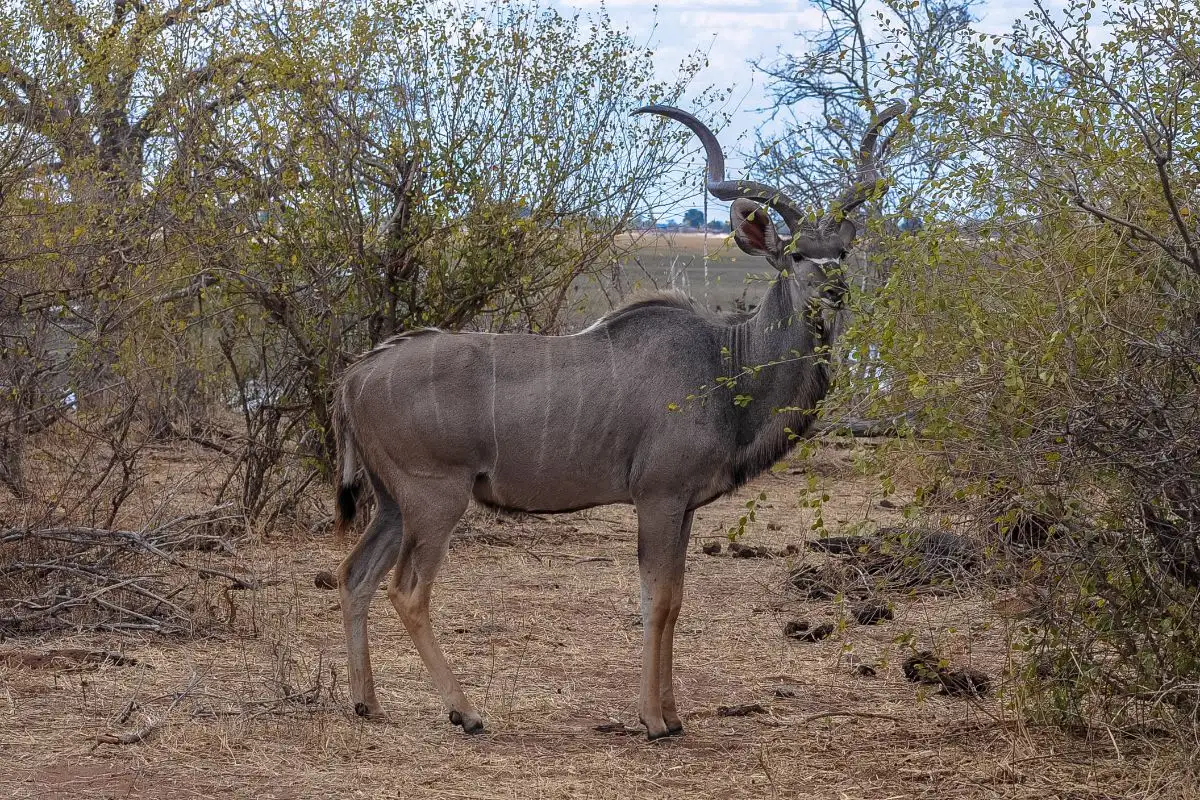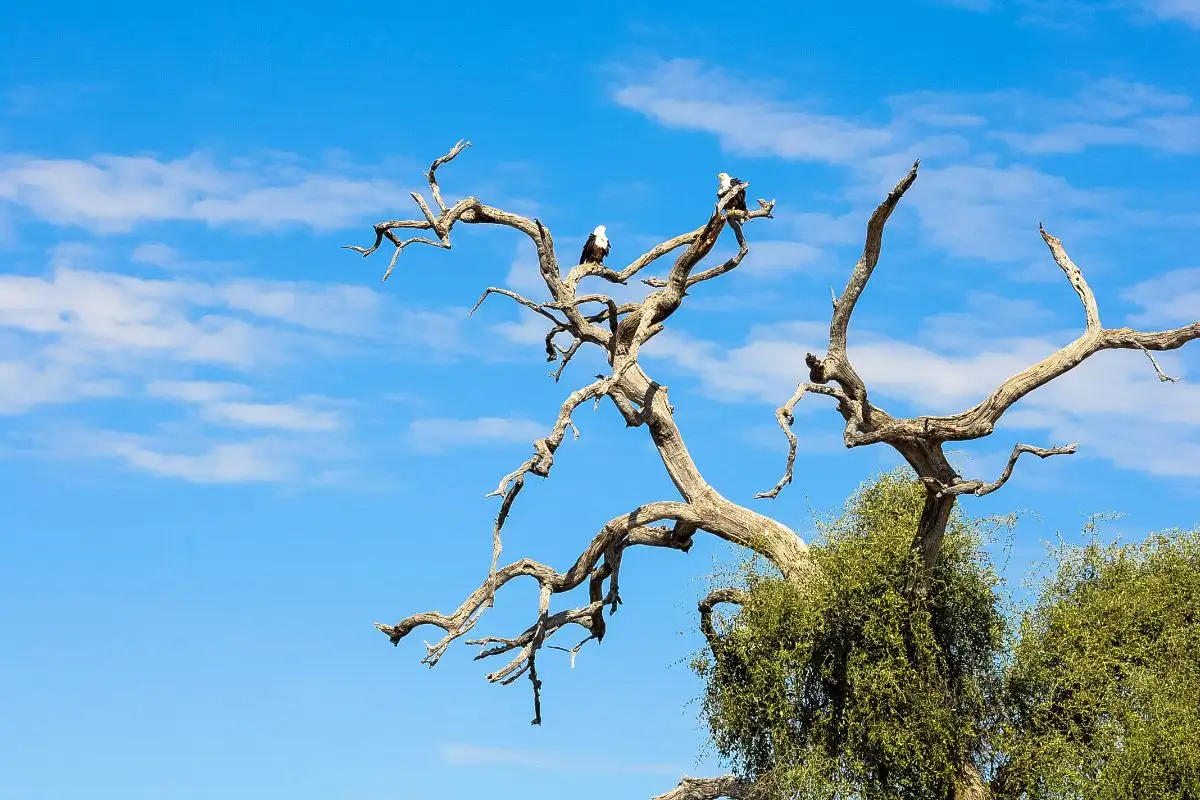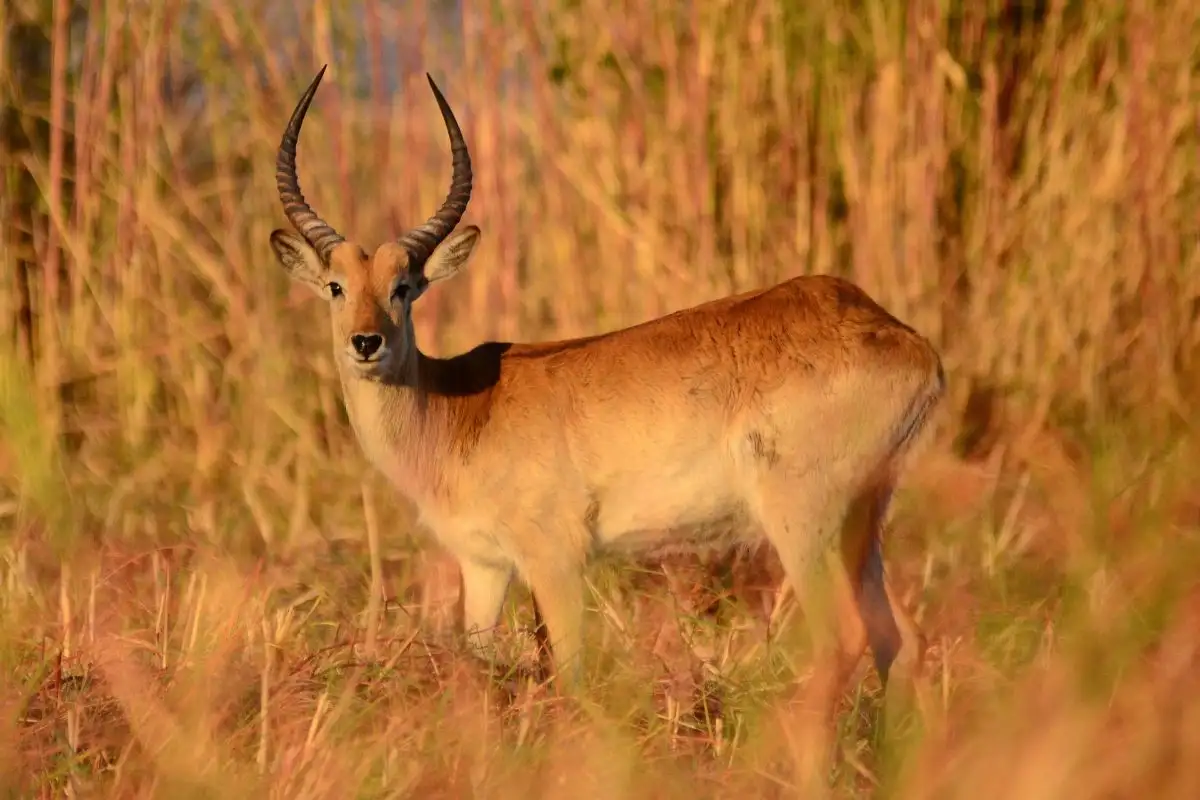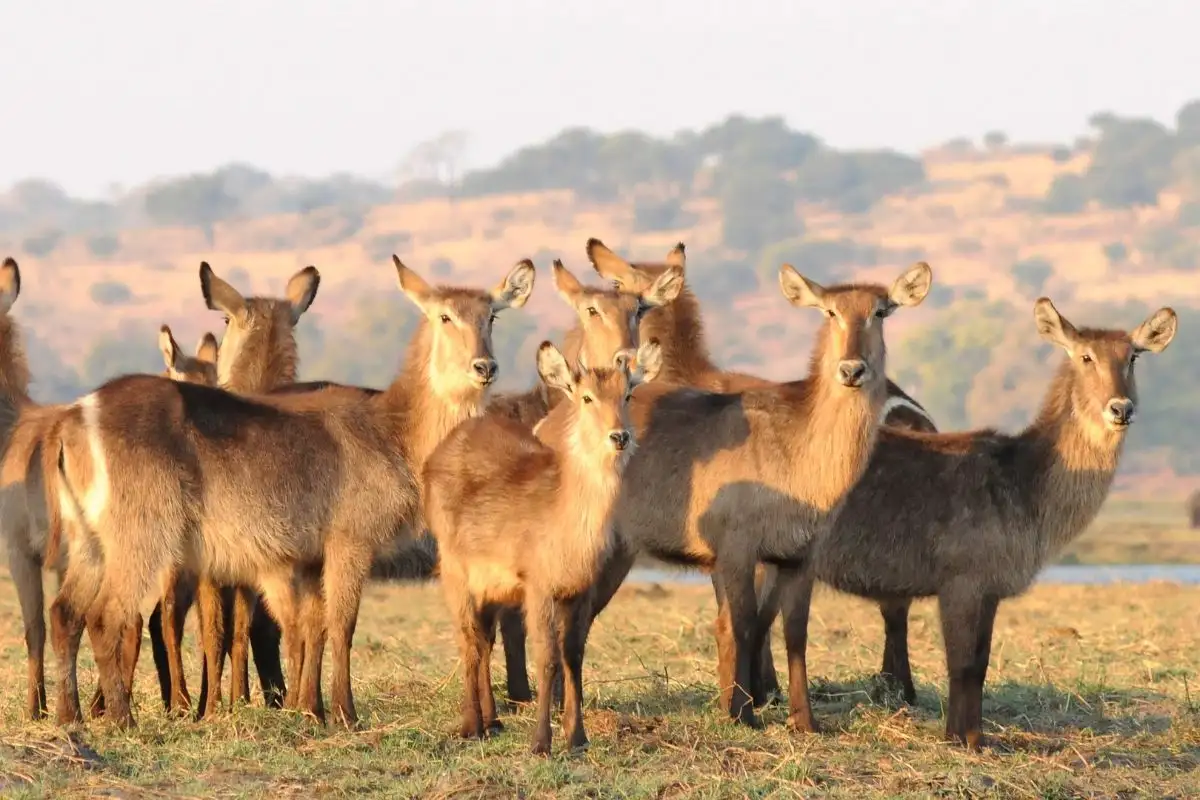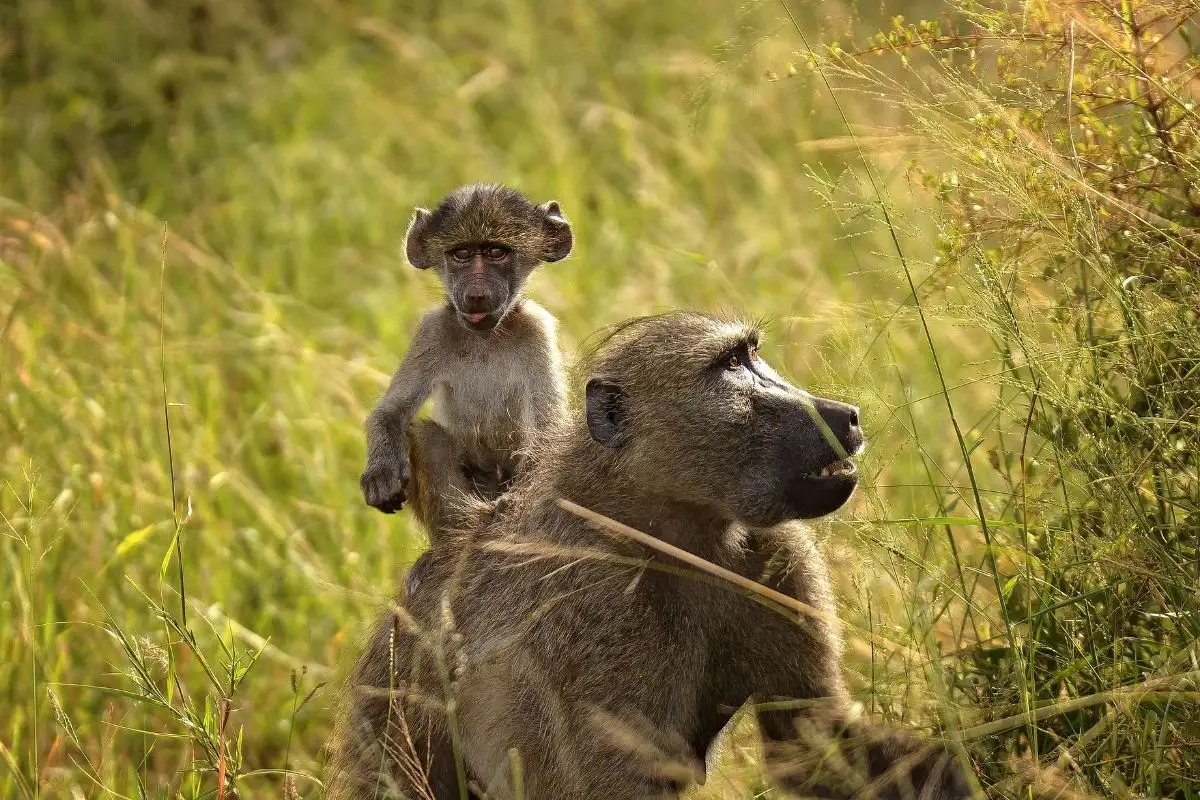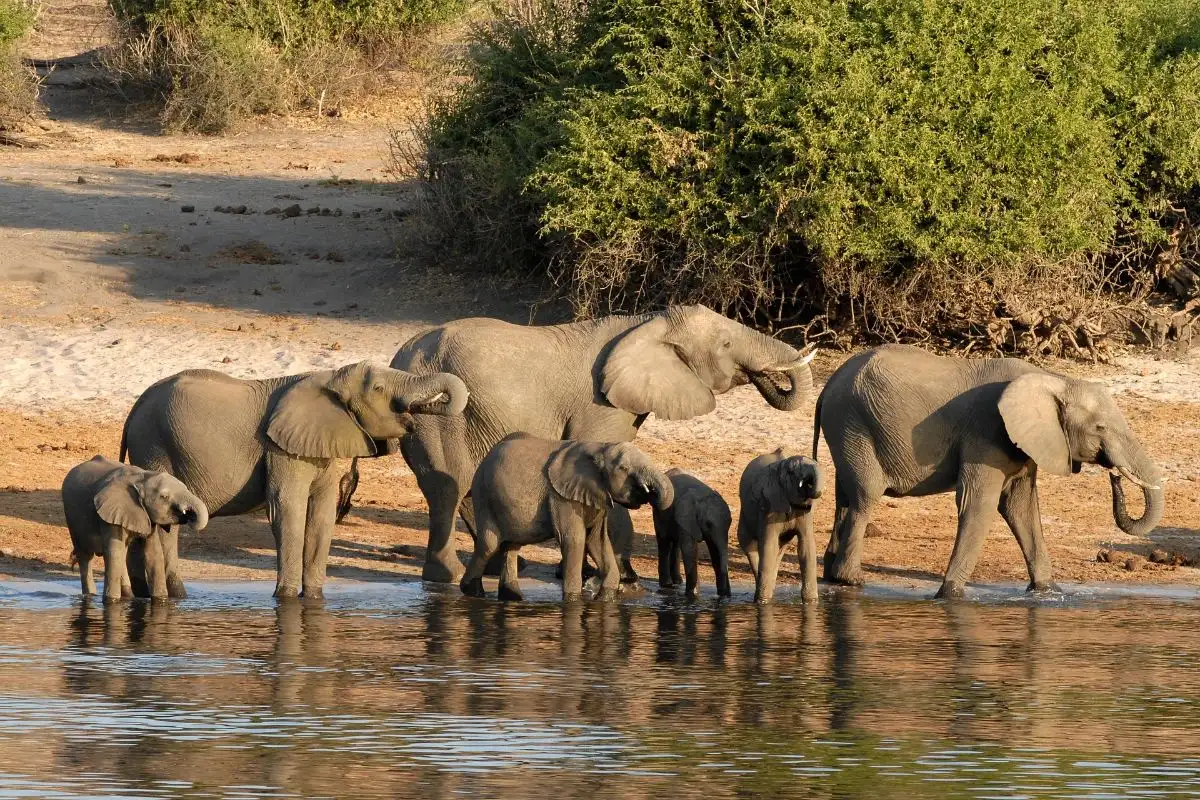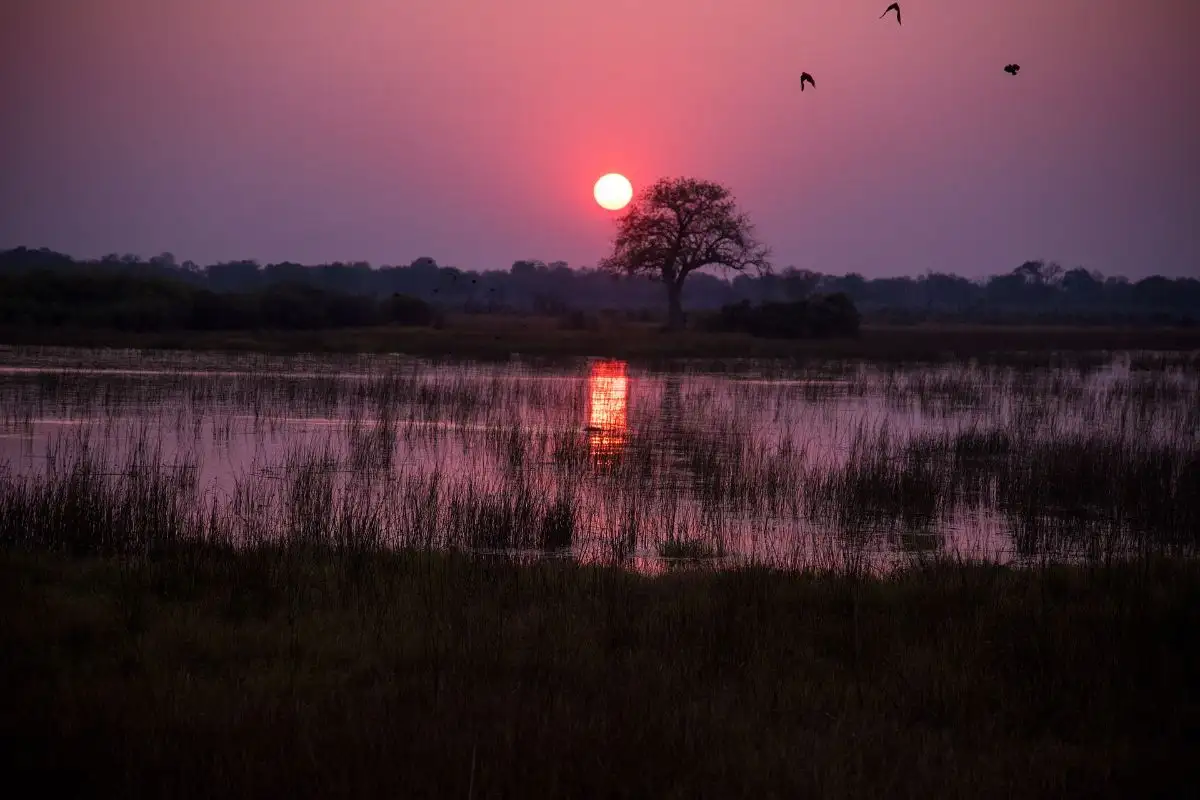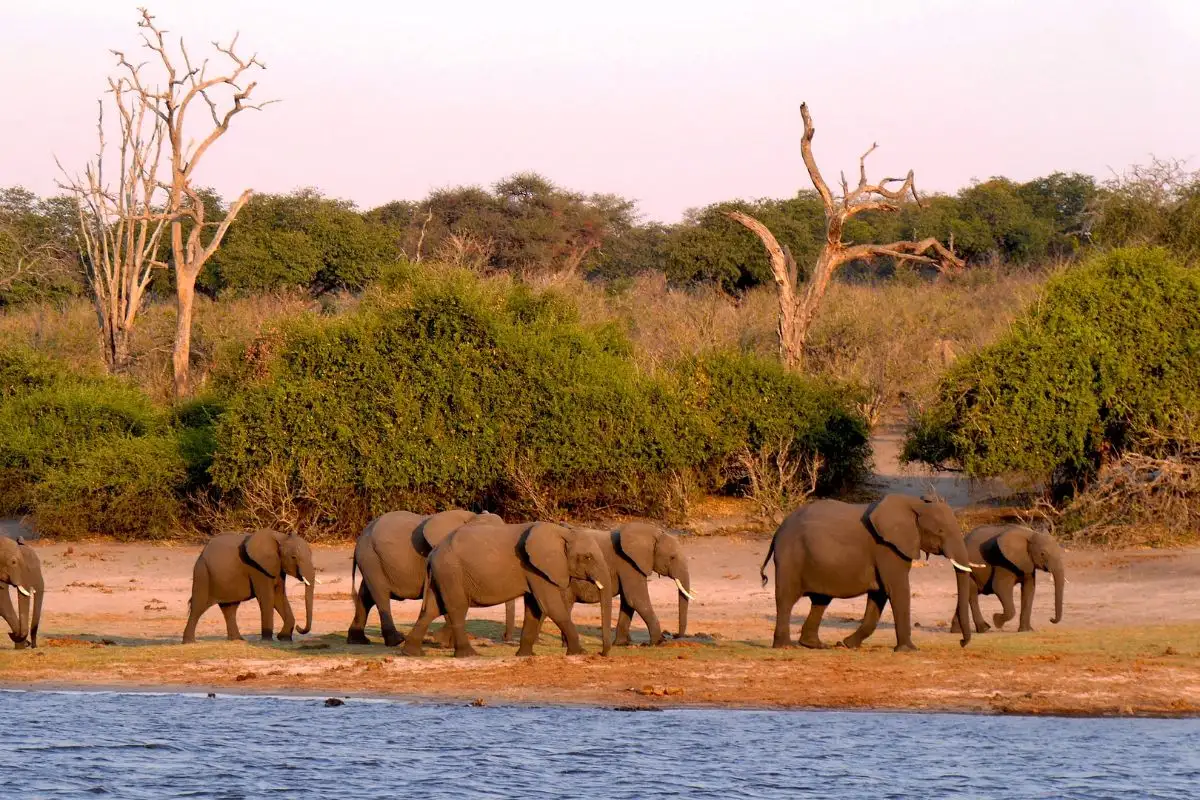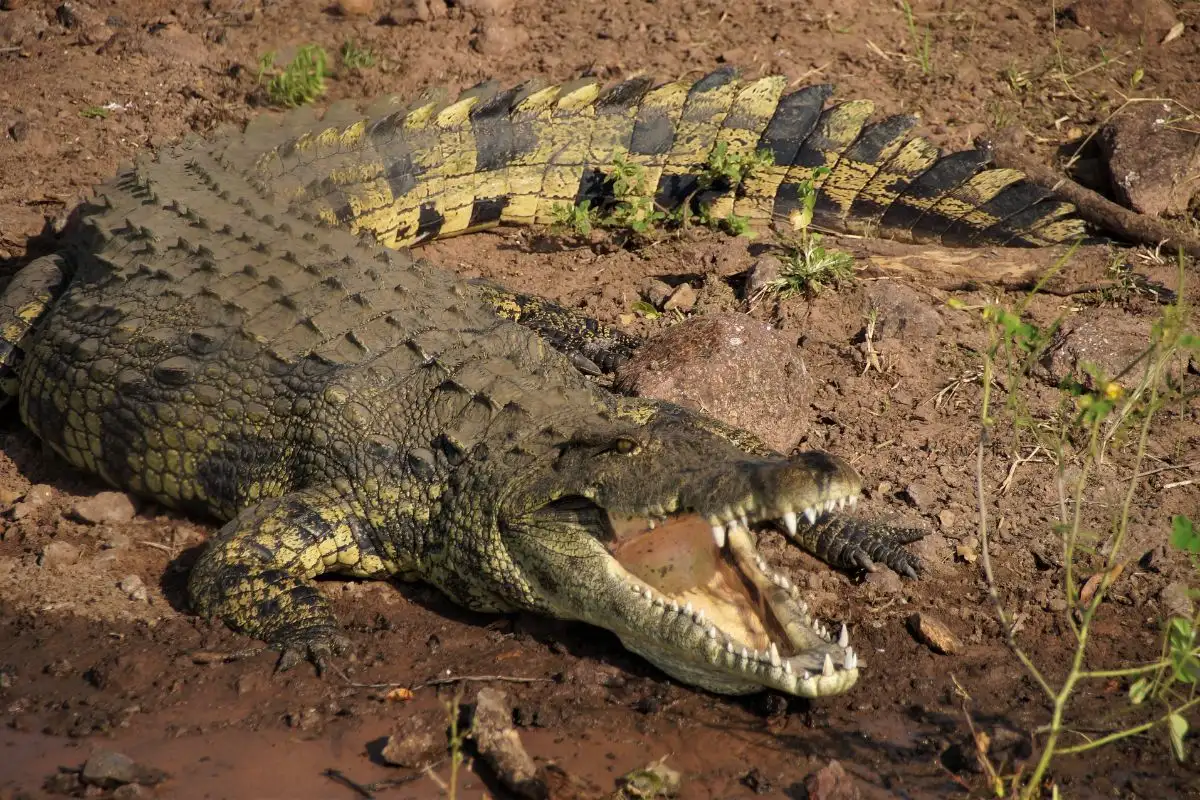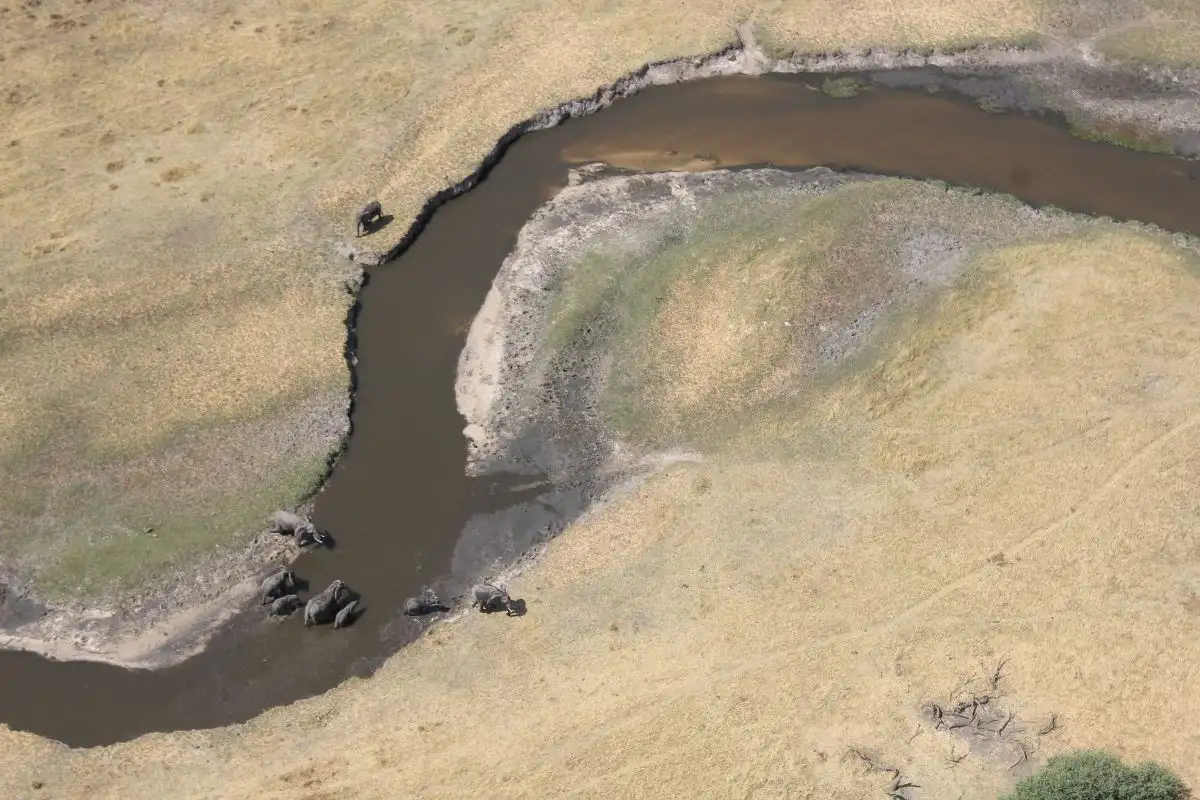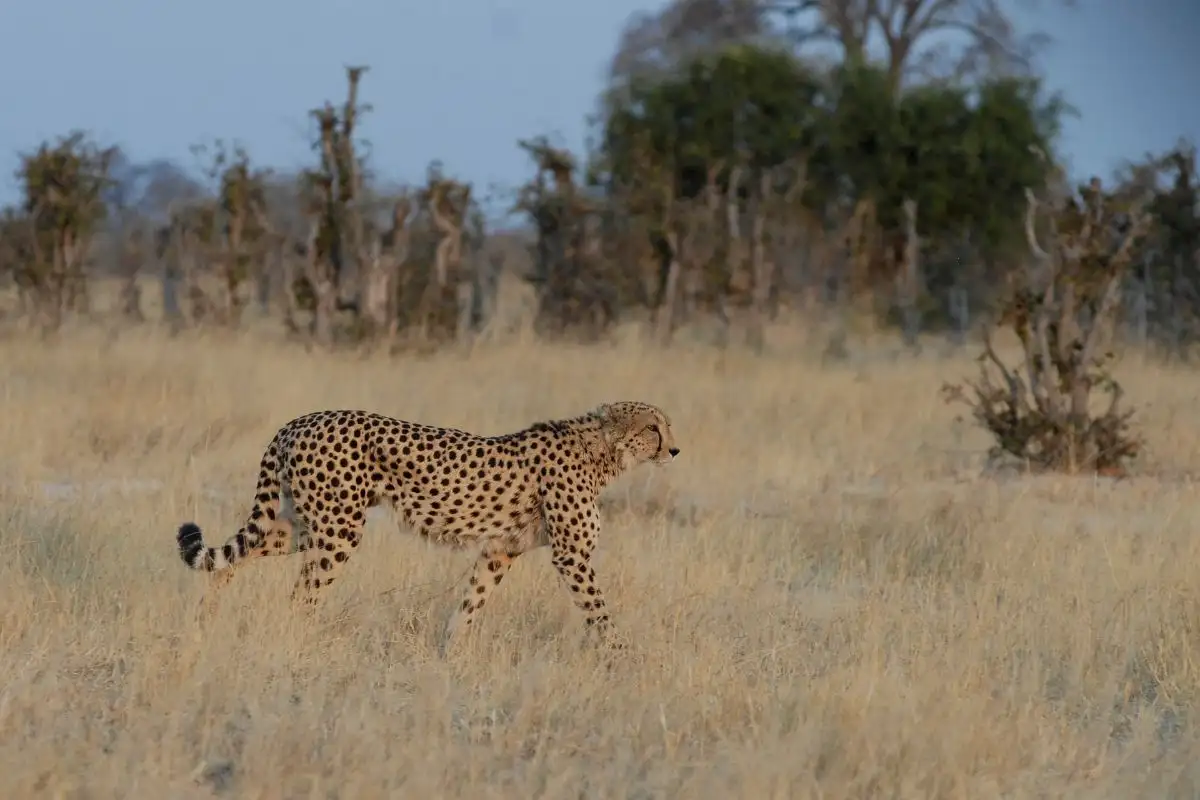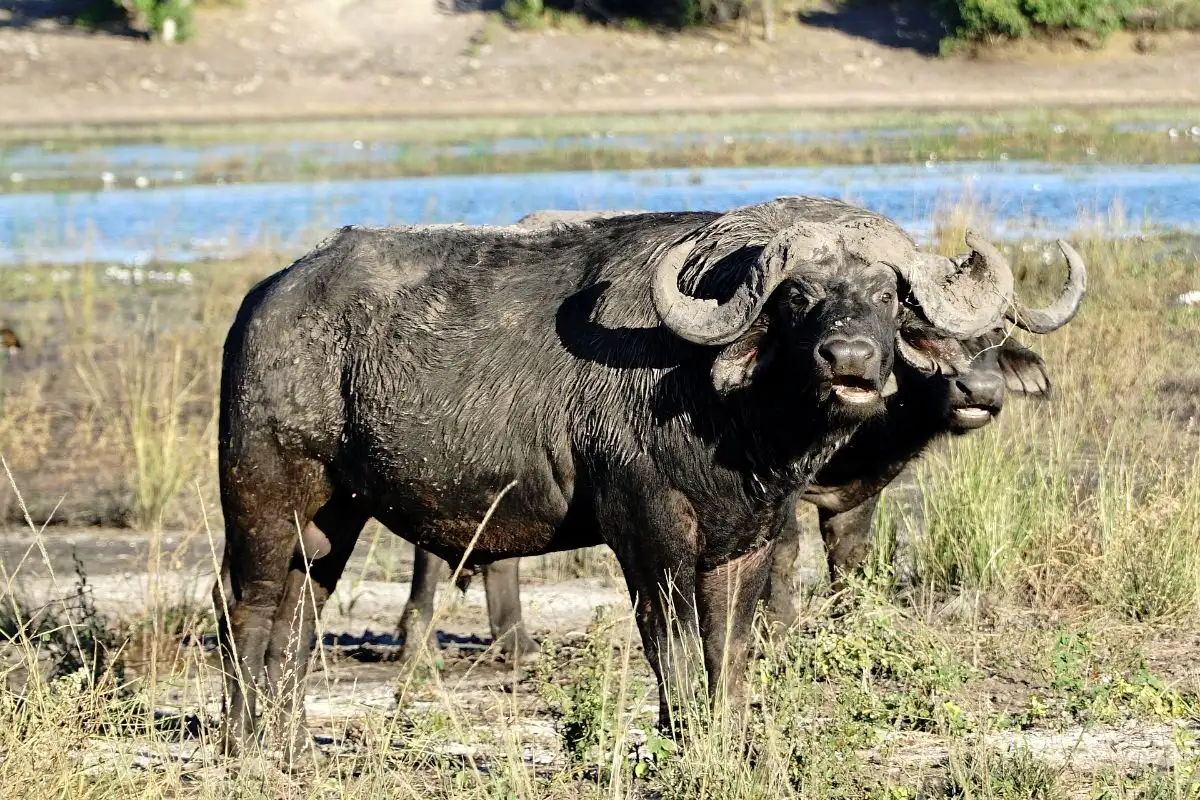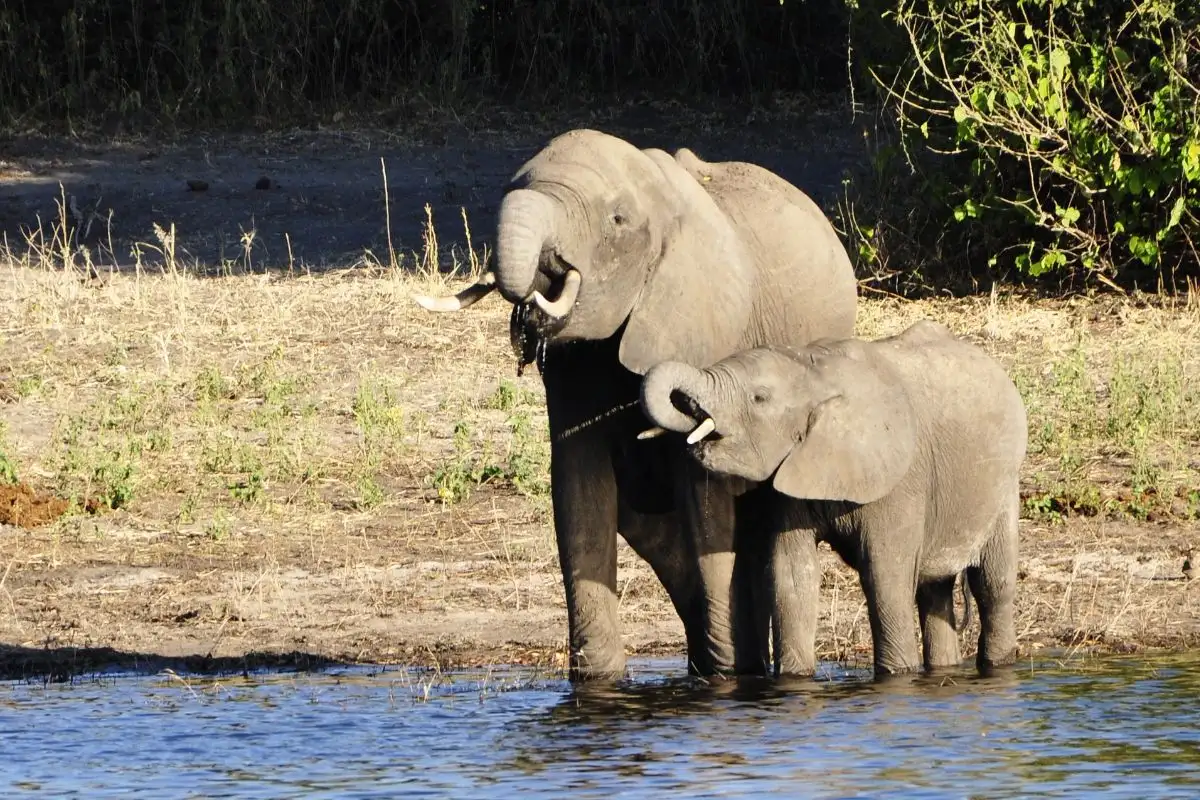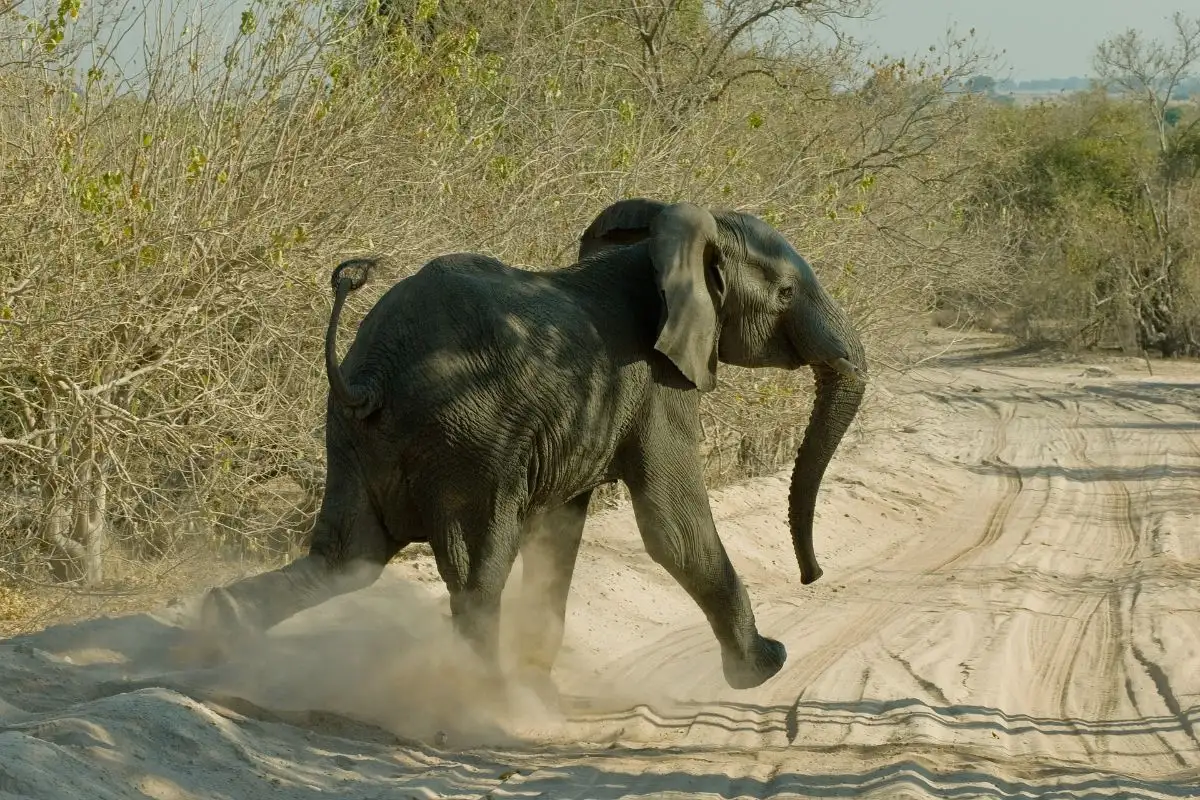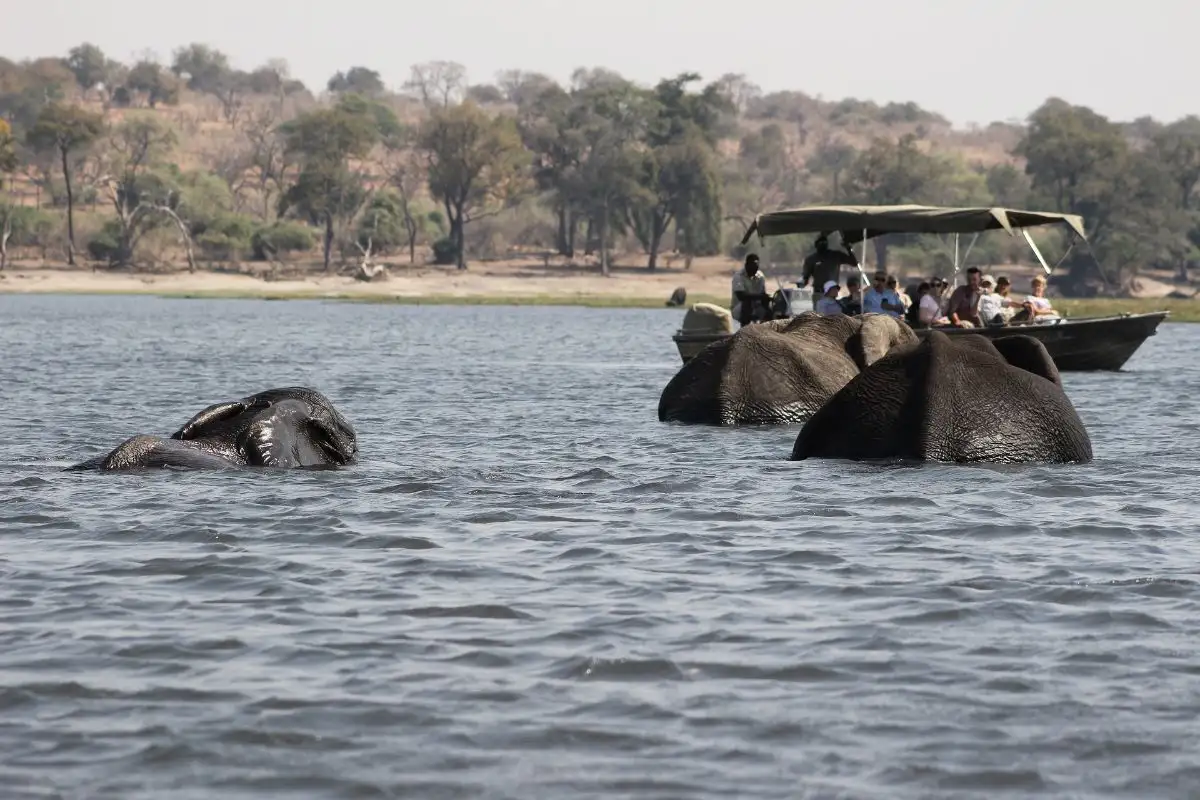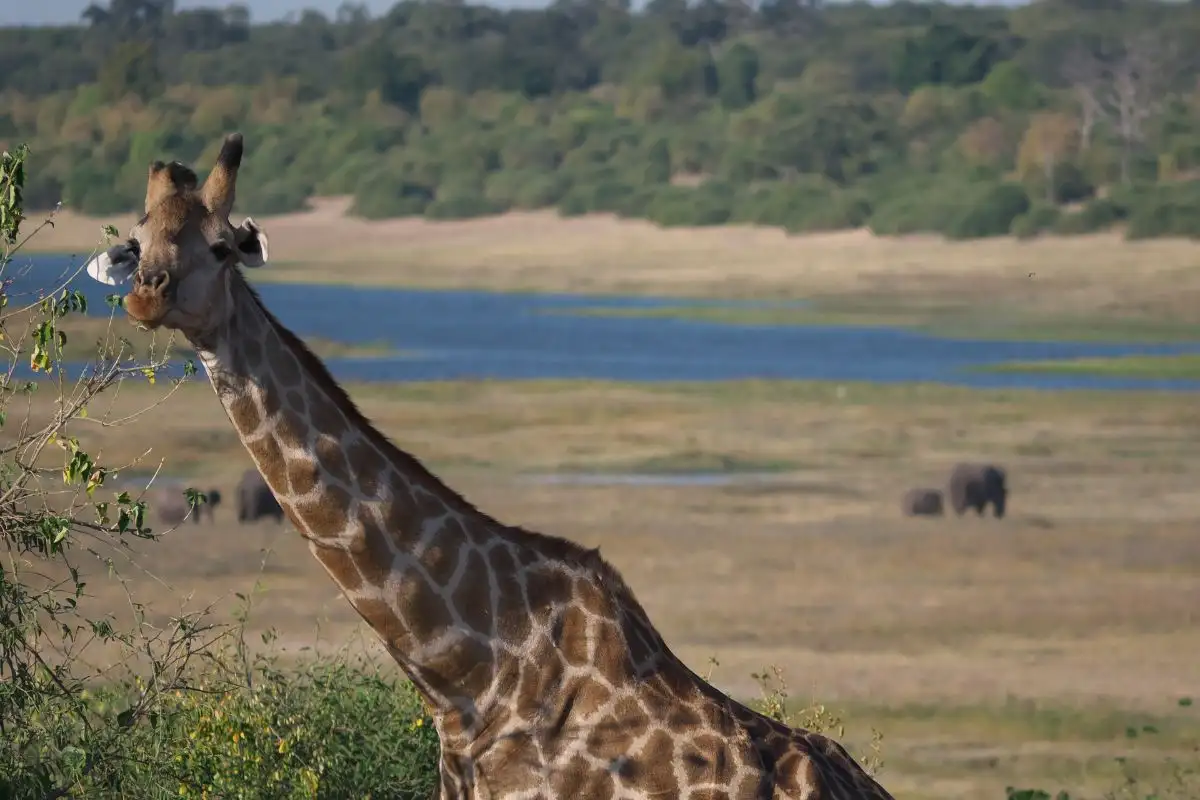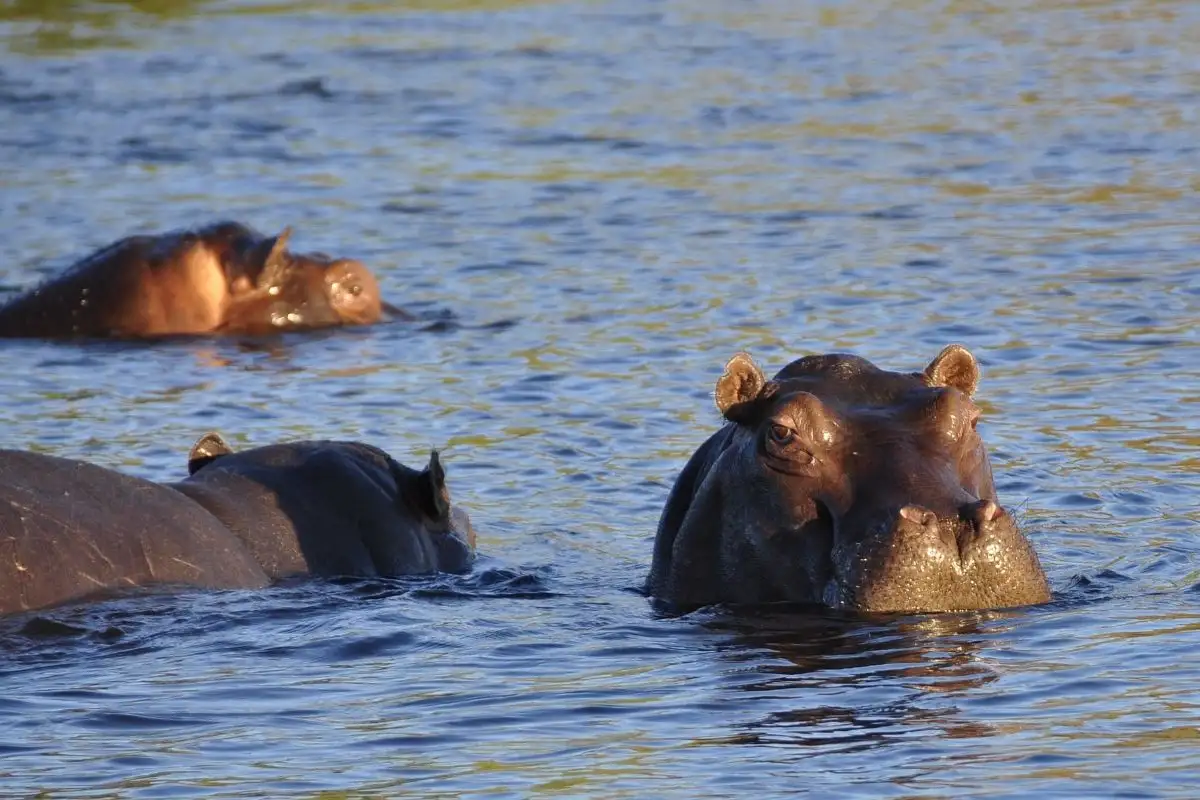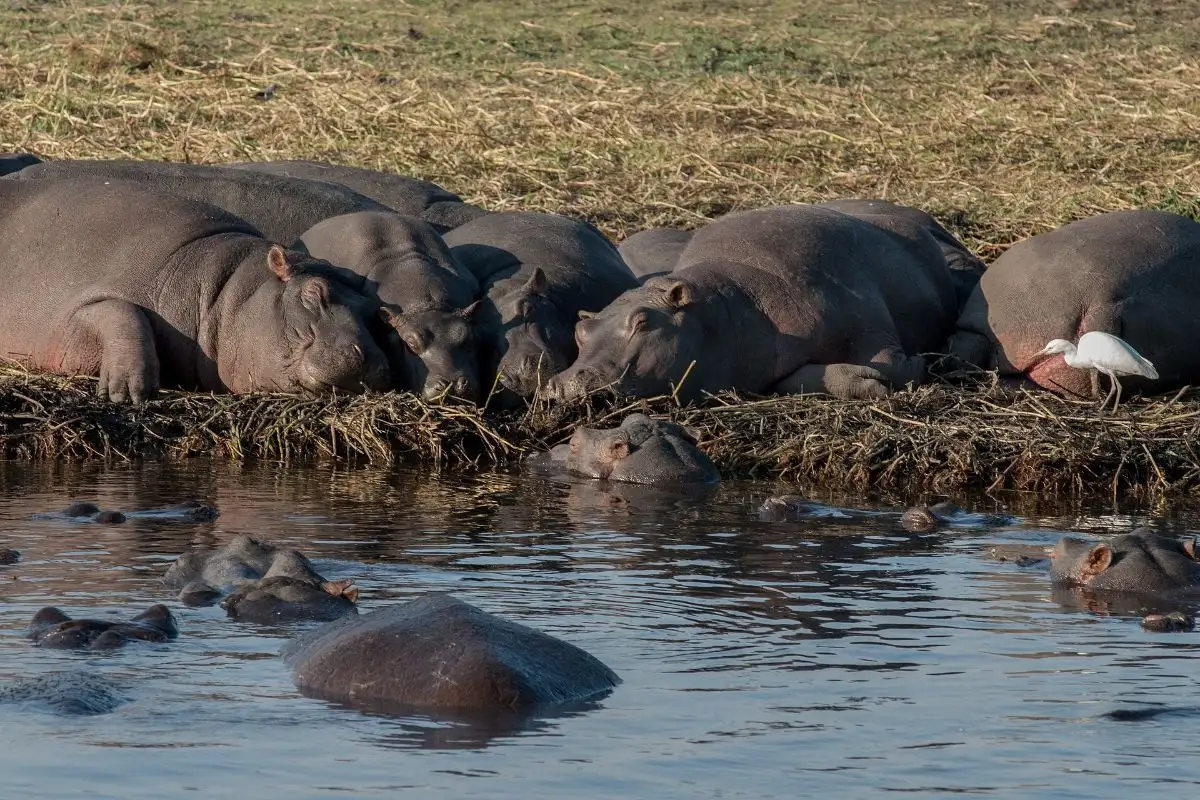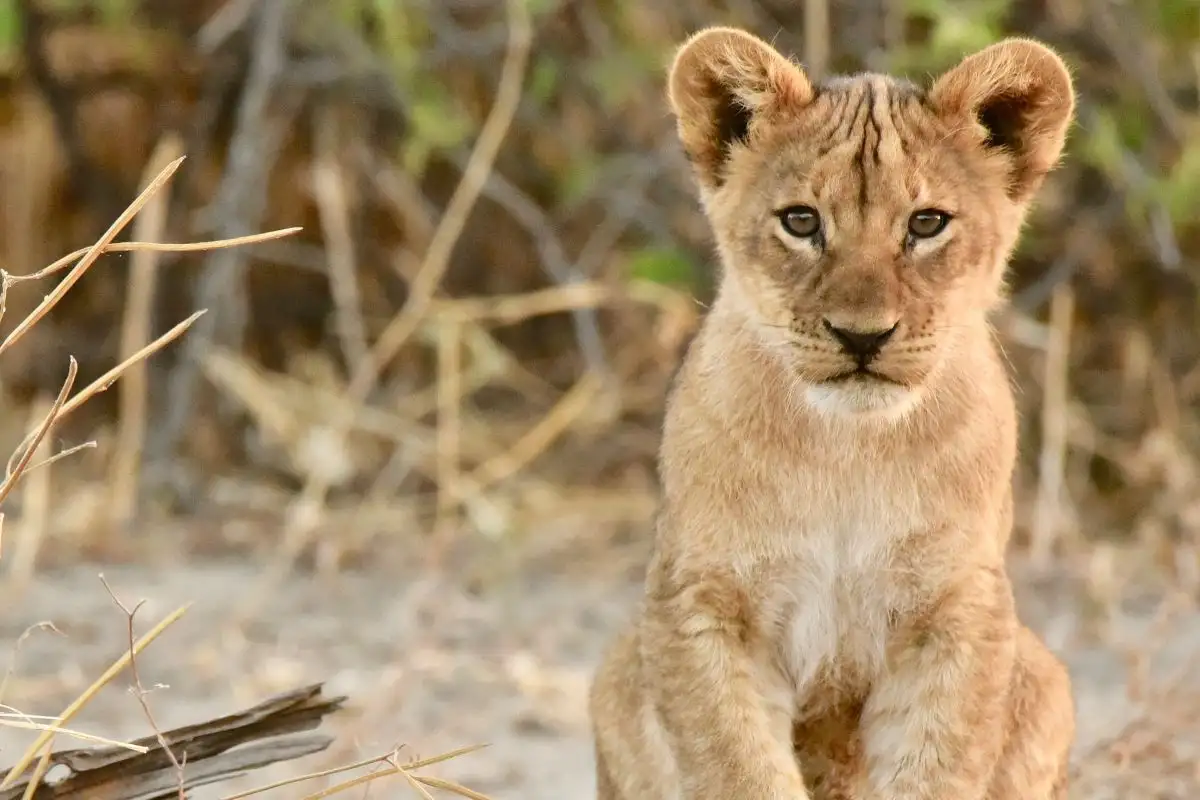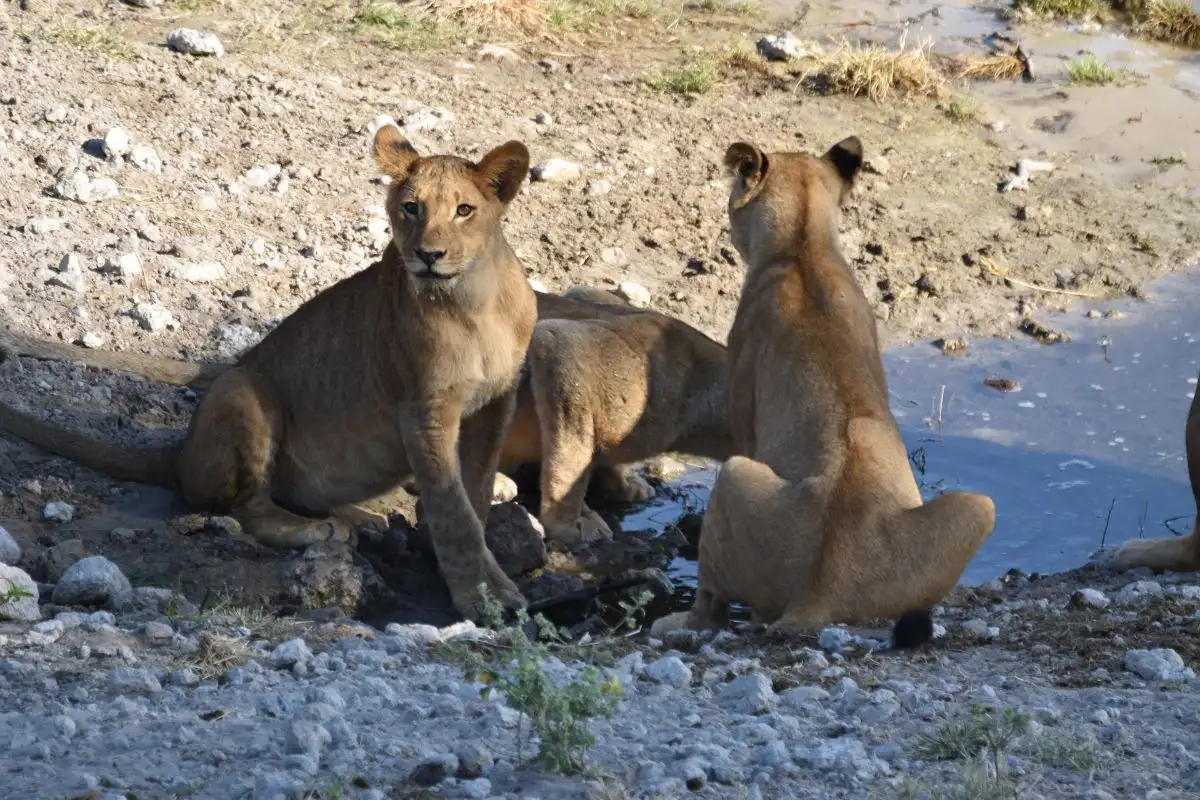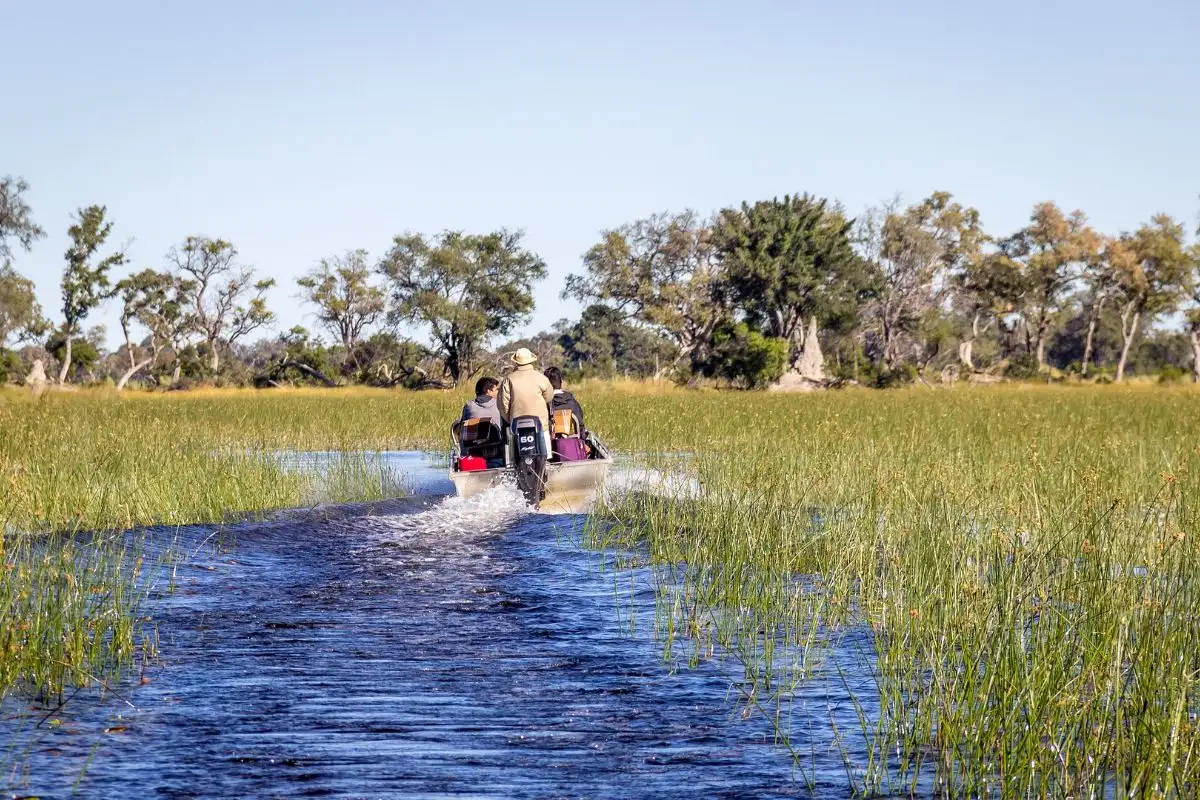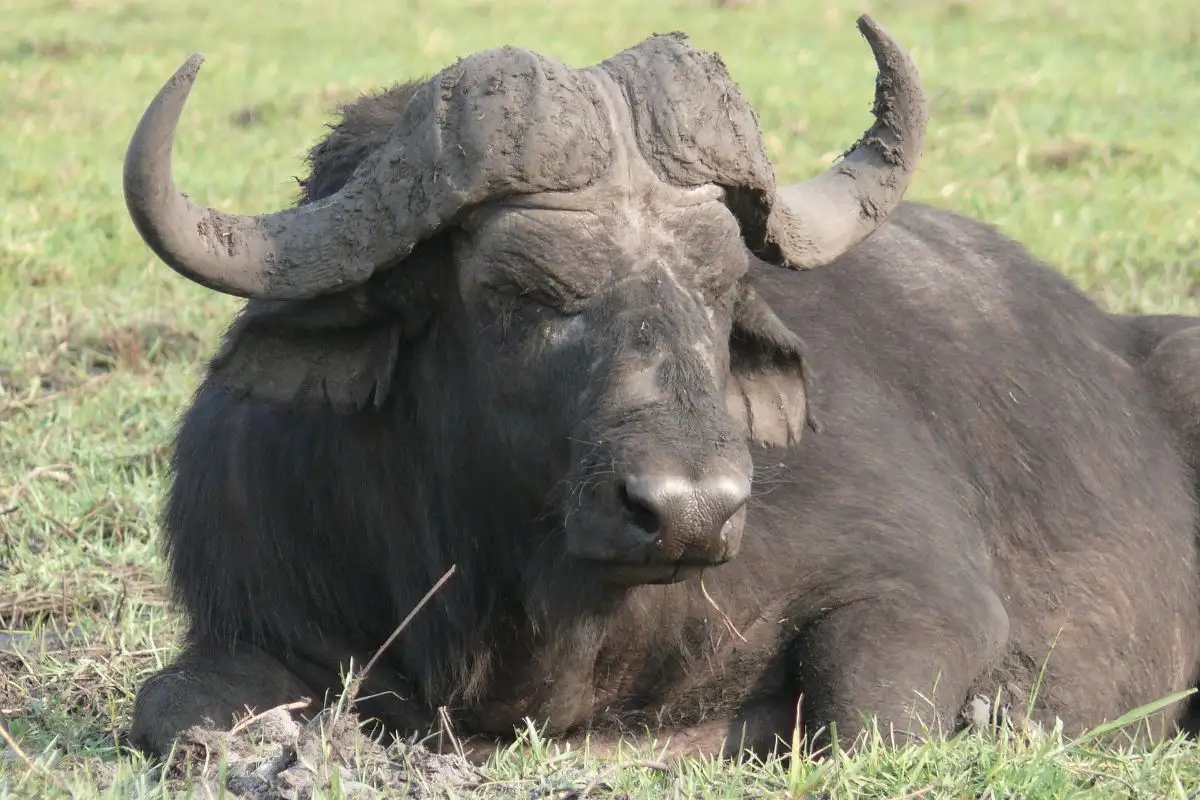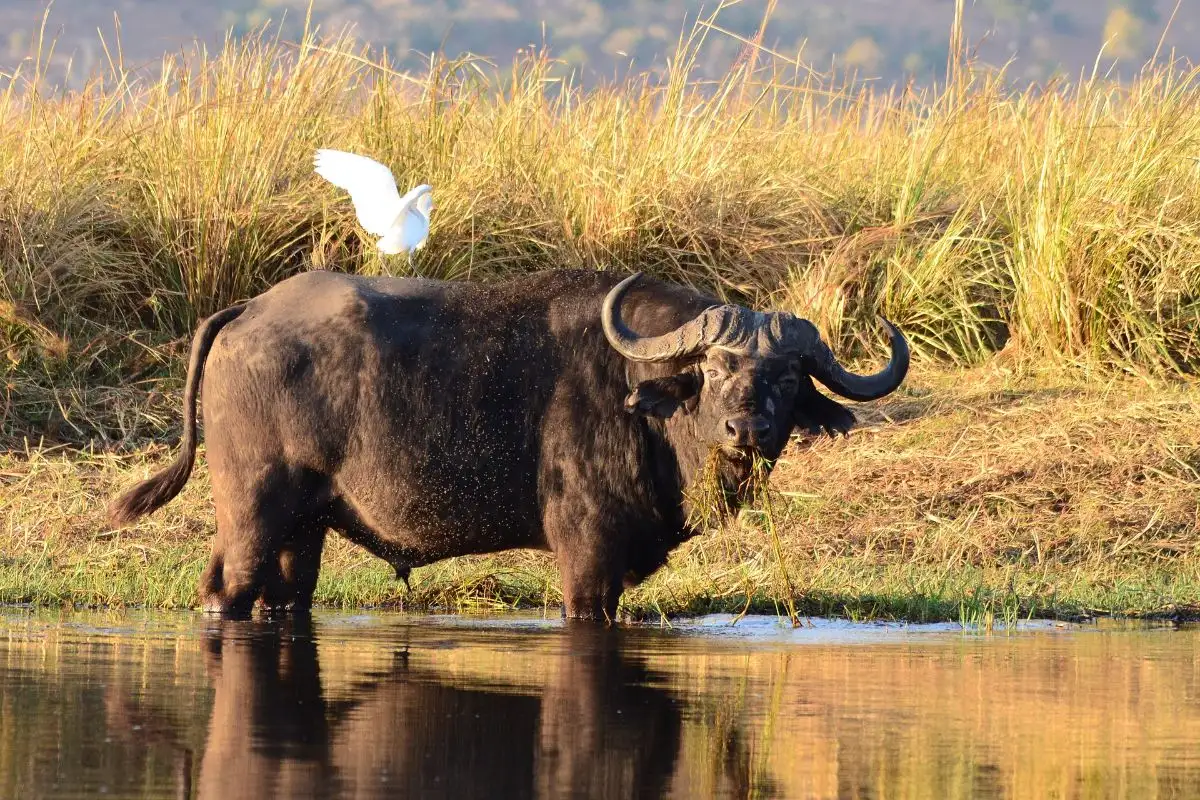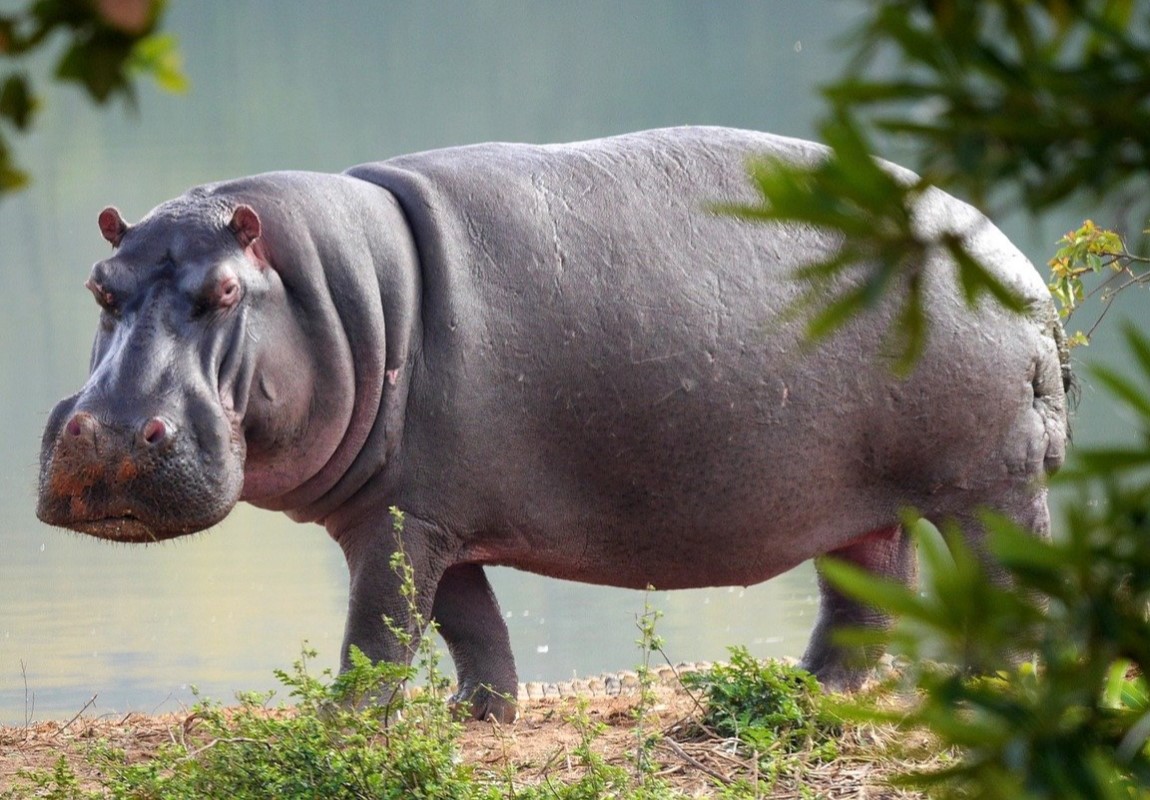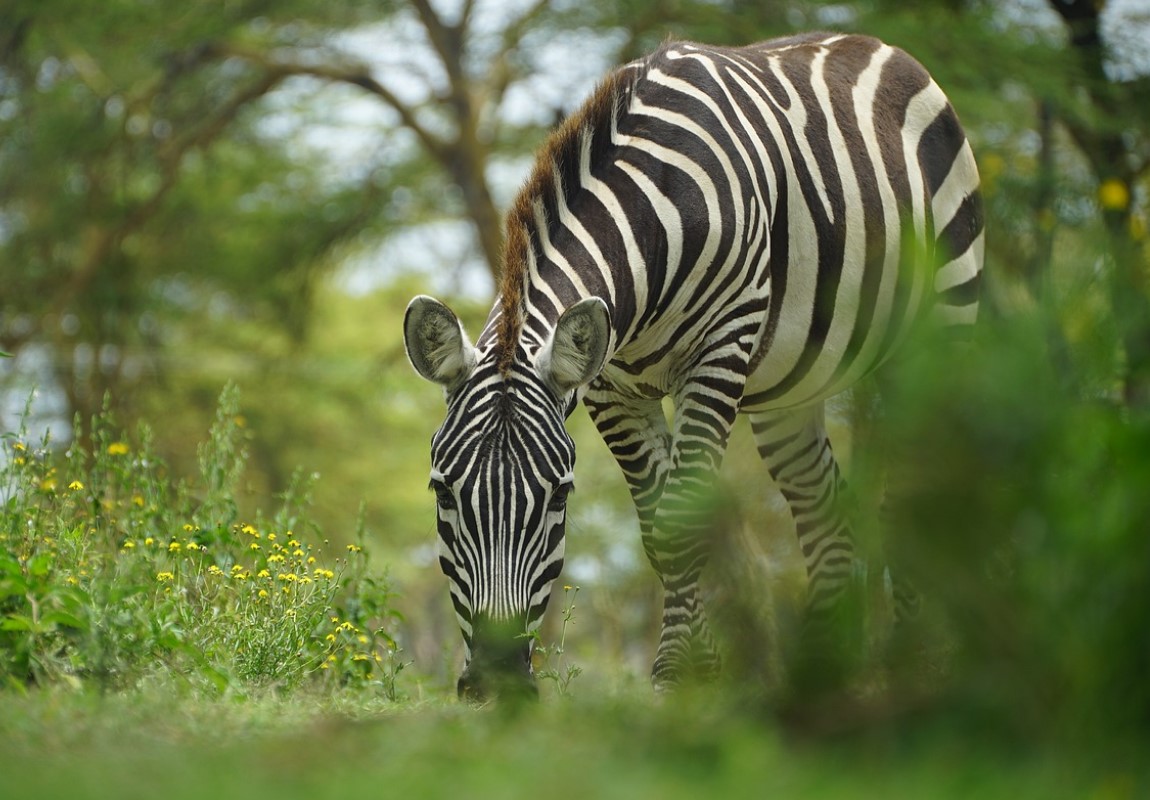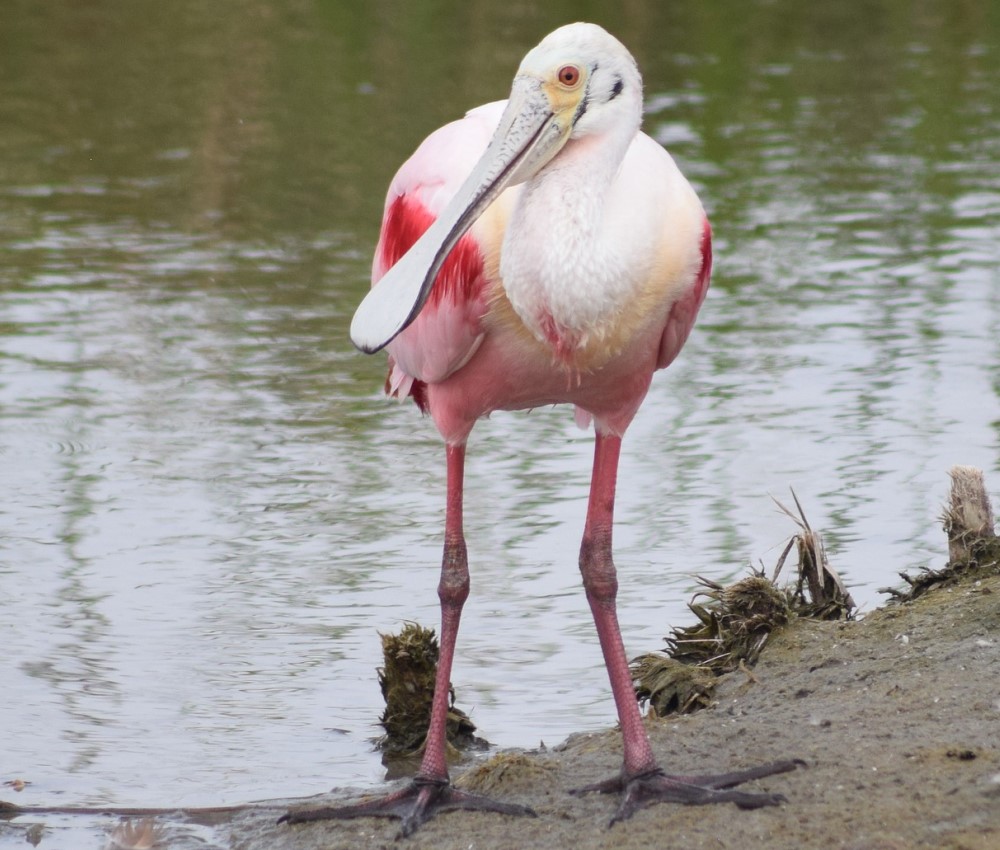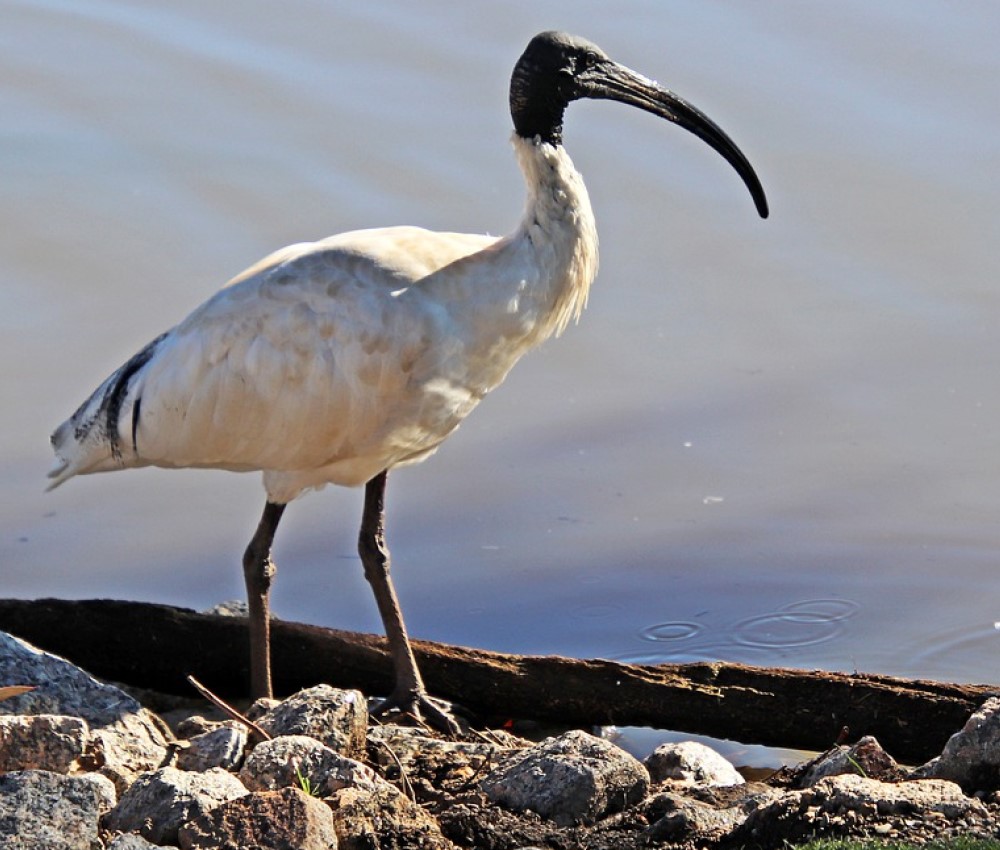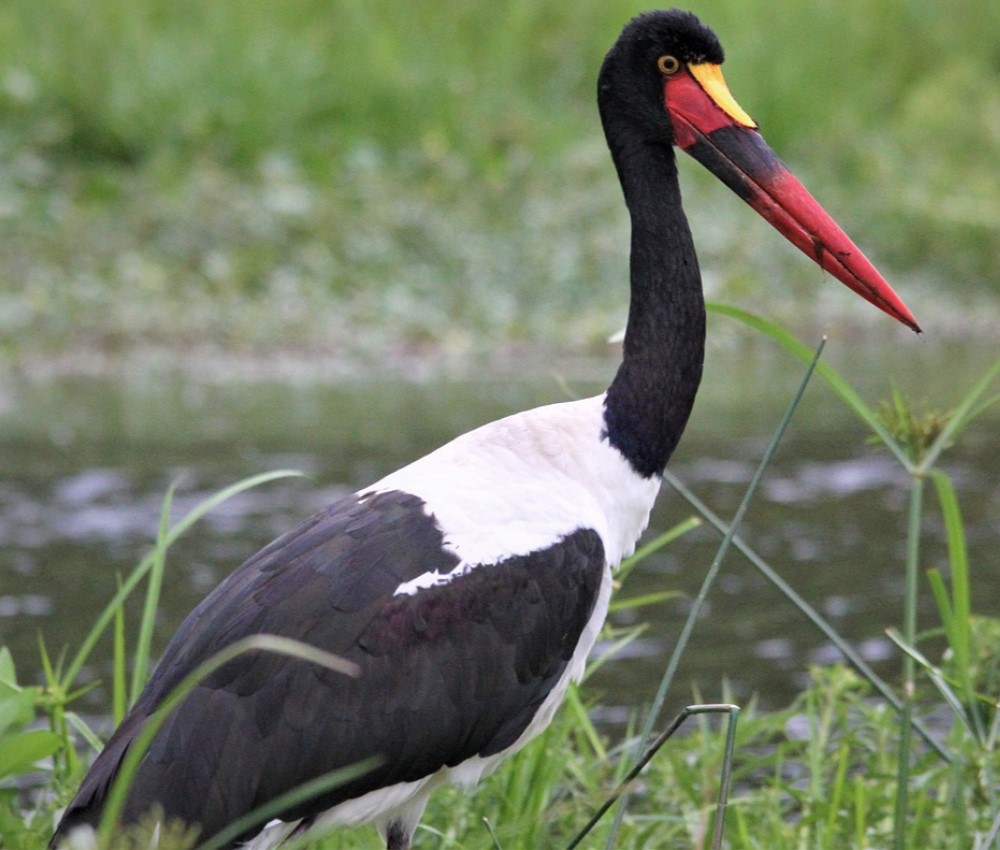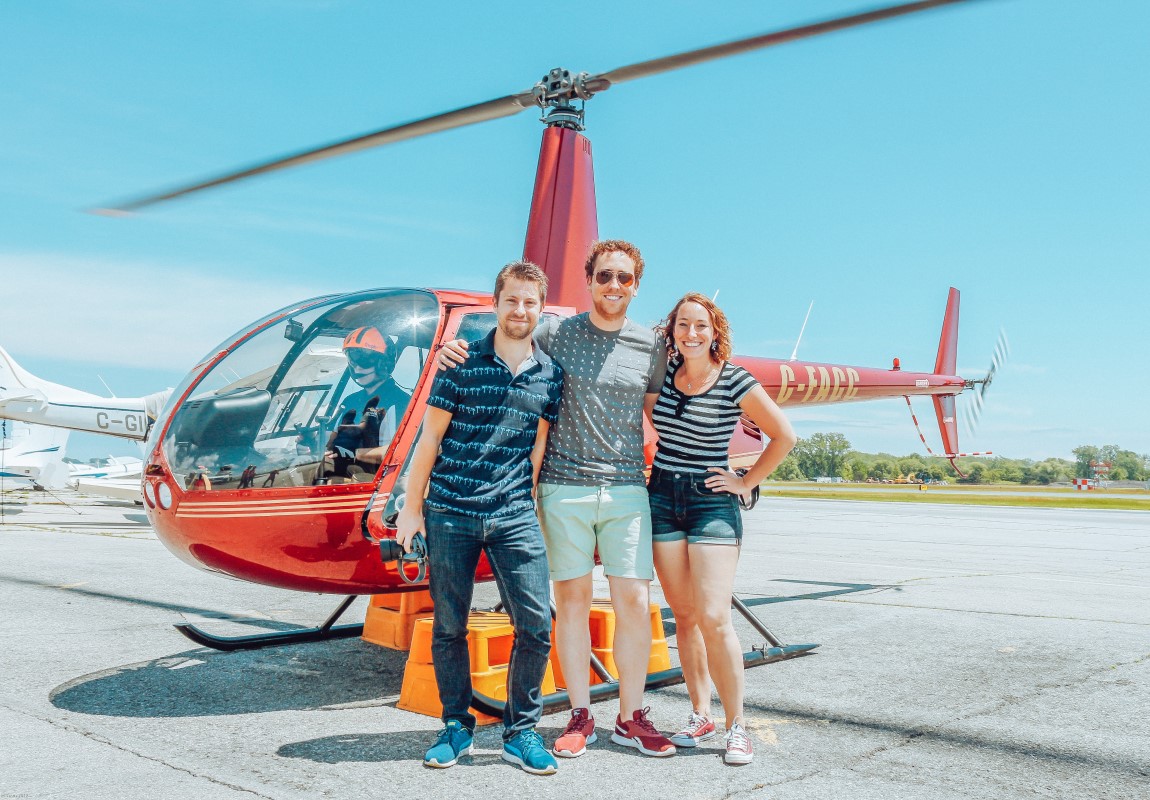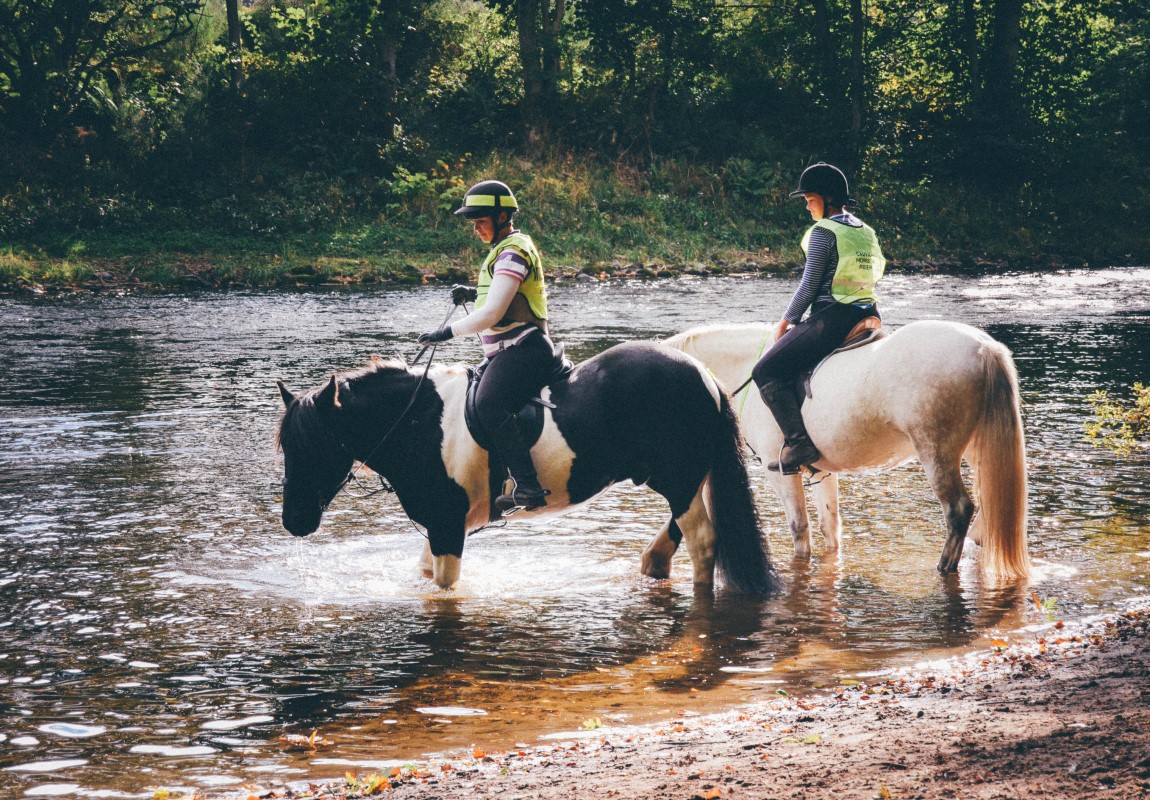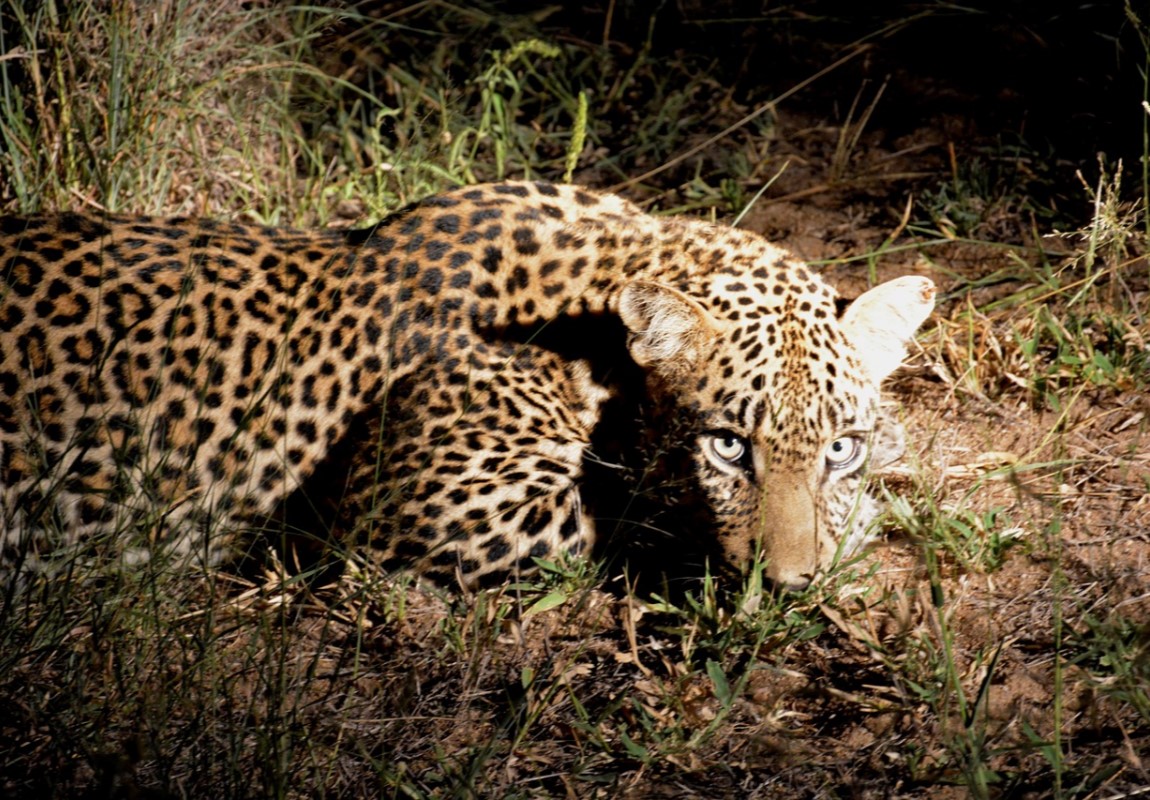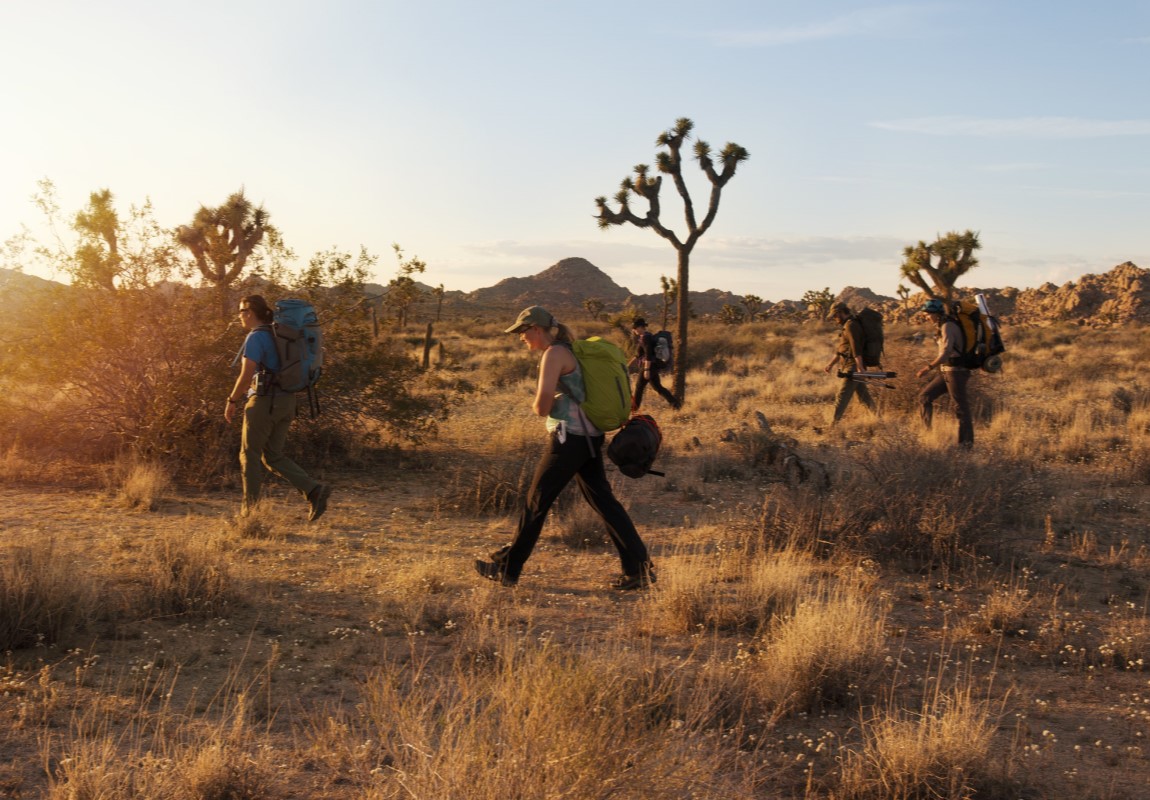Chobe National Park 
Starting from
$420PP
Overview
Chobe National Park is the third-largest in the nation and home to a huge range of biodiversity, with the biggest concentration of elephants in Africa – an expected 50,000 live there. It is also a birdwatcher's heaven, with around 500 species recorded so far.
The park is divided into separate regions: the Chobe Riverfront, the Savuti Marsh and the Linyanti Marsh. The Chobe riverfront is a significant watering spot for herds of elephants, buffalo, sable and giraffes. You can also go on a boat trip along the river to spot the hippos and crocodiles in the water and on the banks. The Savuti swamp is the ideal spot to spot wildebeest, warthogs, impalas and zebras on the apparently endless savanna while visiting the Linyanti marsh allows you an opportunity to go through forests and lagoons, home to lions, leopards and antelopes.
Pros & Cons
- Amazing wildlife experience with four of the Big 5 which can be spotted easily except Rhino
- An incredibly diverse variety of bird life is available for birding enthusiasts
- Game drives, boat safaris and walking safaris are available
- Self-drive day visitors are allowed entry
- Combine with spectacular Victoria Falls which is over the border in Zimbabwe and Zambia
- Most of the accommodation are outside the park
- Very hot and dry weather
- River gets very crowded with Safari boats in the afternoon
- Based on crowd, self drive hours are restricted from 9 AM to 2:30 PM; very limited wildlife options during this time
- Limited safari circuits inside the park
Map in Botswana
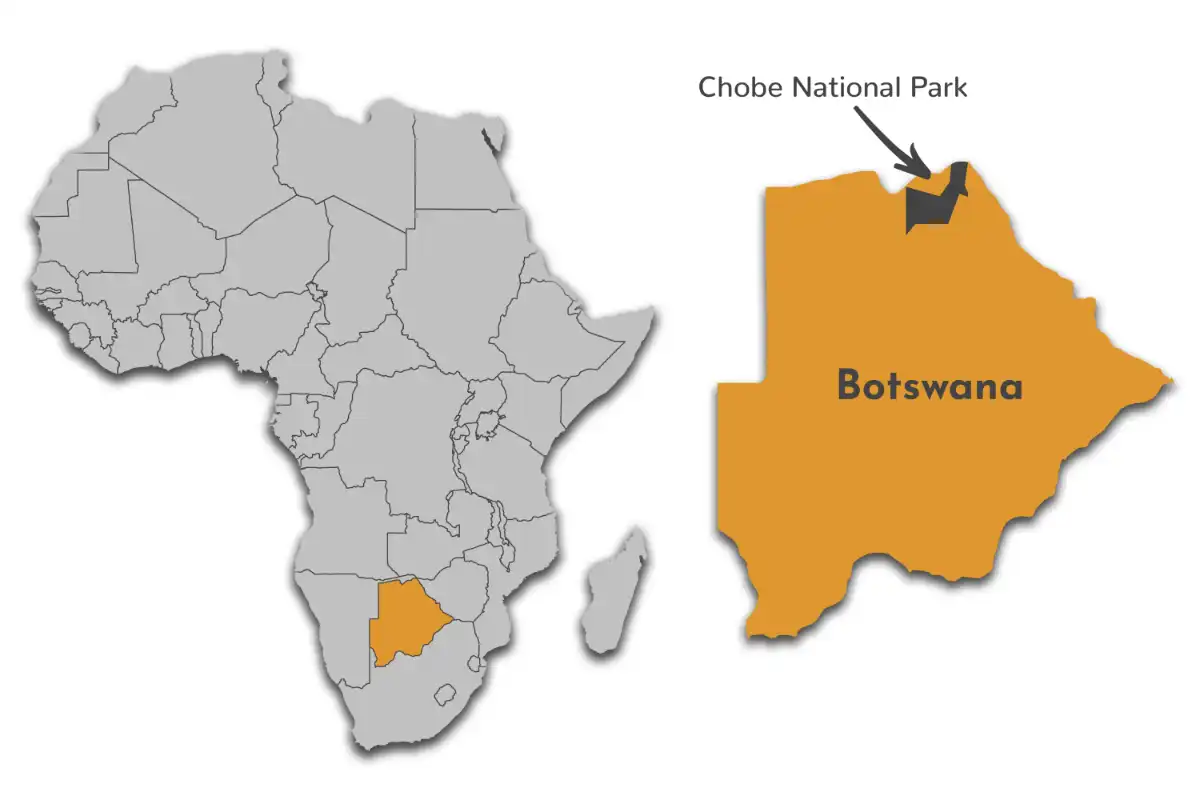
Want to Visit Chobe National Park?
Gallery Images
Explore the stunning beauty of Chobe National Park through our curated collection of photographs showcasing its landscapes, wildlife, and natural wonders.
Want to Visit Chobe National Park?
Wildlife & Animals
Chobe is home to several large animals and one can see four of the five big five here, with the rhino being the one in particular that has infrequently been found around here. Probably the best concentrations of elephants in all of Africa can be found in Chobe, and a safari here is ensured to have several elephant viewing opportunities. Prides of lions, leopards and hyenas or all the more seldom cheetahs can be spotted as well. This region is reputed for its annual migration of zebras and predators. Tourists going on a safari frequently sight rhinoceros (both black and white), warthog, kudu, impala, zebra, wildebeest and a herd of elephants.
Wildlife Highlights
The flood plains are the only place in Botswana where the puku antelope can be seen. Burchell's zebra is very common as well, while smaller numbers of sable, roan and greater kudu can be found in the park interior. The red lechwe is common in marshy areas. Some of the small predators include Selous' mongoose, serval and wild cats.
Best Time for Wildlife Viewing
Chobe has very seasonal wildlife viewing. The best time to visit the Chobe River region is in the Dry season from May to October. During the Wet season, from December to April, animals tend to congregate around the pans in the interior.
Want to Visit Chobe National Park?
Birds
Chobe National Park is a bird watcher’s paradise, with almost 500 species on record so far. Large quantities of carmine bee eaters are spotted frequently. When in flood spoonbills, ibis, various species of storks, ducks and other waterfowl flock to the area. Boat safaris on the river are astounding for spotting numerous waders and other water-related birds. Birds regularly let boats come extremely close making photography astoundingly simple. There are many fish eagles on the stream, and their call is one of the most iconic sounds of Africa.
Best Time for Birding
Chobe can be visited round the year for Bird watching. However, the best time to visit is from November to April. During this time migratory birds are present. Also, during these months a lot of birds are breeding, and large colonies of waterbirds can be found nesting on the sandbanks in the river.
Want to Visit Chobe National Park?
Best Time to Visit – Chobe National Park
Chobe has very seasonal wildlife viewing. The best time to visit the Chobe River region is in the Dry season from May to October. During the Wet season, from December to April, animals tend to congregate around the pans in the interior.
May to October (Dry Season)
- Less vegetation and animals concentrate around water, making them easier to spot
- The skies are clear, rain is rare, and there are fewer mosquitoes
- Even though most tourists visit during the Dry season, the parks still feel uncrowded, except for the bustling Chobe riverfront area
- Early morning and evening drives are cold in June, July and August
November to April (Wet Season)
- The scenery is greener, and there are lower rates during this season
- Although wildlife is easier to spot in the Dry season, you'll still see plenty
- There are many newborn animals and migratory birds
- Except for January and February, rains seldom interfere with your trip
- During January and February, the rains can be continuous for days
- It gets very hot in October and November
- Some lodges and camps close down during part of the Wet season
Want to Visit Chobe National Park?
Activities
Explore popular activities available in and around Chobe National Park.
Want to Visit Chobe National Park?
No FAQs available for this park yet.

 English
English French
French